 Abraham Lincoln
If given the truth, the people can be depended upon to meet any national crisis...
Abraham Lincoln
If given the truth, the people can be depended upon to meet any national crisis...
 Guildford news...
for Guildford people, brought to you by Guildford reporters - Guildford's own news service
Guildford news...
for Guildford people, brought to you by Guildford reporters - Guildford's own news service
Birdwatcher’s Diary No.303
Published on: 3 May, 2024
Updated on: 3 May, 2024
By Malcolm Fincham
Weather conditions remained reasonably settled as high pressure to the west of the UK blocked the Atlantic flow that had plagued the country for the most part of the preceding months.
Unfortunately, its cyclonic nature was drawing down a more northerly flow, bringing April showers of rain of a colder kind for the time of the year for the latter days of the month.
Daytime temperatures remained in the low to mid teens, and some of the summer migrant birds appeared to be arriving with much more reluctance than previous years, having arrived from much warmer climes.
On April 15, I visited the Riverside Nature Reserve, near Burpham, where I was able to record the arrival of my first reed warbler of this year by Stoke Lake.
Also a sedge warbler could be heard in song from within the sallows by the boardwalk.
Along the boardwalk both male and female reed buntings had returned from not so distant stubble fields where they had wintered.
Although having already seen hirundines this year, my first handful or so could now be viewed hawking insects over the water at Stoke Lake.
These mostly comprising of swallows, although also capturing a photos of a few house martins hawking over the water.
I also had my first sighting this year of a mallard with her first clutch of ducklings on the lake.
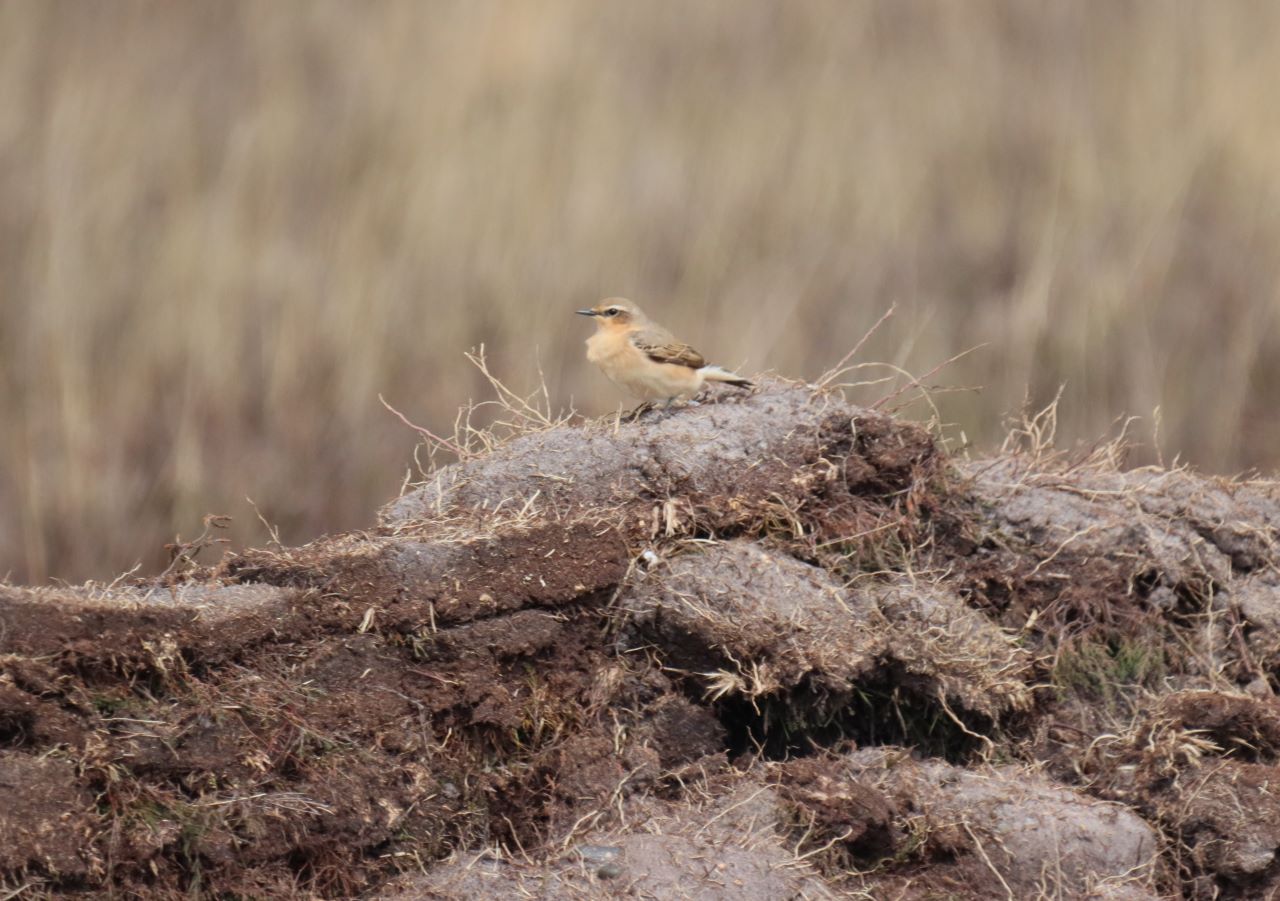 The following day on Whitmoor Common I was able to pick out on a passing female wheatear that had decided to spend an afternoon there.
The following day on Whitmoor Common I was able to pick out on a passing female wheatear that had decided to spend an afternoon there.
While a common whitethroat continued to sing from a thicket of gorse by the heathland.
A brief migration on my own part on April 19, took me on a break visiting a part of the South Devon coastline. This in the company of my wife and mother-in-law, for a week away to Bigbury-on-Sea.
Although far from a bird-watching trip, I couldn’t resist the added company of my camera and was grateful of its presence.
Although views from our balcony were scintillating and enough on their own for some to enjoy, personally my feet were itching to get out and investigate some of its surroundings. I was appreciative for the times allowed in my own company on my daily walks in the area.
Temperatures remained well below the seasonal norm, and although mostly overcast, most importantly it remain dry for the best part of our stay.
One day it was actually warm enough to see a few butterflies in flight: seeing a small white, a few red admirals and even getting a photo of a small tortoiseshell butterfly. However, for the most part temperatures remained below 12c with a keen northerly breeze.
Although most of the species of bird life was that of what I would see within the Surrey countryside, it continued to be therapeutic to capture a few photos of them in a different environment.
Linnets were plentiful in the area, some males now in their fine breeding plumage.
And in areas where the ground had dried a group of house sparrows beguiled in having a dust bath.
 I was delighted to see a few greenfinches.
I was delighted to see a few greenfinches.
As well goldfinches about the area.
Swallows had now arrived there and were pairing up and contemplating where they might reconstruct there nests. Some looking to refurbish the ones used in previous years.
 Rare to see there, for me, were any types of warblers that I had recently seen in Surrey. Seeing just one very confiding common whitethroat while there.
Rare to see there, for me, were any types of warblers that I had recently seen in Surrey. Seeing just one very confiding common whitethroat while there.
Probably my most significant find of the trip while there was that of a cirl bunting.
These birds, closely related to the yellowhammer, were once, in the early 1970s still being recorded as breeding within parts of the Surrey countryside. Changes in farming methods is thought to have brought to their decline in southern and western counties of the UK.
Now restricted to small areas along the south Devon and Cornwall coast, where mixed farming has continued. Awareness of their plight in recent times has now stabilised their existence in these areas and numbers are now slowly increasing.
https://farmwildlife.info/
Once a rare sight in Surrey until the turn of the century, but commonly seen in the West Country, common buzzards could regularly be seen about the farmlands there.
While the delightful sounds of skylarks could be heard in song about the recently ploughed fields.
And family of rooks gathered to feed on the grassland.
Along the coastline a few fulmars had moved in to make a start to their breeding season and could be viewed on a craggy rock-face.
Between two such pairs, a pair of kestrels had set up their nesting site in a naturally formed alcove.
Several ravens could be heard making their guttural ‘cronking’ calls as they glided in the up-draught along the cliffs.
Even a sparrowhawk made an appearance.
Stonechats were plentiful, regularly seen perched up in the foliage along the coastline. At one point a female could be seen collecting nesting material.
While at another part of the coastline a pair were breeding as the male could be viewed collecting food for its young.
Among the large boulders separating the beach from the cliffs, a few rock pipits could be found.
Near to the Devon-Avon Estuary, just a short walk along the coast, a grey heron could be seen fishing in the brackish waters.
Several little egrets were also present.
A pair of oystercatchers could regularly be viewed.
And on one occasion a group of 10 whimbrel visited, before continuing their journey to more northerly breeding grounds.
A day’s visit to the moorlands of Dartmoor allowed me to add some photos of those iconic ponies.
And more importantly, for me, a few photos of dippers on the River Dart.
Our arrival home on April 26 gave me little time to attempt to catch up with some of the summer visiting birds still passing through Surrey before the month was up.
A visit to Staines Reservoir, however, once more back in the company of Bob and Dougal, did help compensate for a few of the birds I had missed out on.
On our arrival we were welcomed by the sight of an Egyptian goose proudly standing like a statue mounted on an oversized plinth on the distant water tower.
While on the causeway that runs between the north and south basins I was able to photograph my first yellow wagtails of the year, counting at least 10, both feeding on the ground and perching on the railings.
Swifts had arrived in good numbers over the previous few days and many could be now seen hawking insects across the water and over the causeway.
Also still arriving and hawking among the swifts were sand martins, house martins and swallows. These would occasionally be viewed perched on the railings to rest, thus making them a little easier to photograph.
Most of the action appeared to be occurring on the North Basin, and although quite distant across the water, as many as 15 or more black terns terns could be viewed.
More than nine little gulls could also be counted with a small group viewed together out on the water.
Numerous common terns were now present out on the water.
A pair of great crested grebes could also be seen doing their mating ritual.
While missing out on a photo of my first sighting this year of common sandpiper, due to attempts to point it out as it flew across the water on the South Basin.
Before the month was out, on April 29 we also found time to visit RSPB Otmoor in Oxfordshire.
By then the weather had begun to warm a little, and although rather breezy the warmth of the sun, when it shone, was enough to bring a few butterflies back out on the wing. Allowing me a photo of a peacock butterfly on May flower now out in blossom.
More importantly, it turned out to be a good day for us to catch up on some of the birds we hadn’t yet seen this year. Especially for me still having some catching up to do on Bob and Dougal.
These included, at least for me, my first pair of yellowhammers for this year.
Also adding a common crane.
Catching up on some of the recently reported Surrey sightings, I even managed to photograph one of several hobbies present.
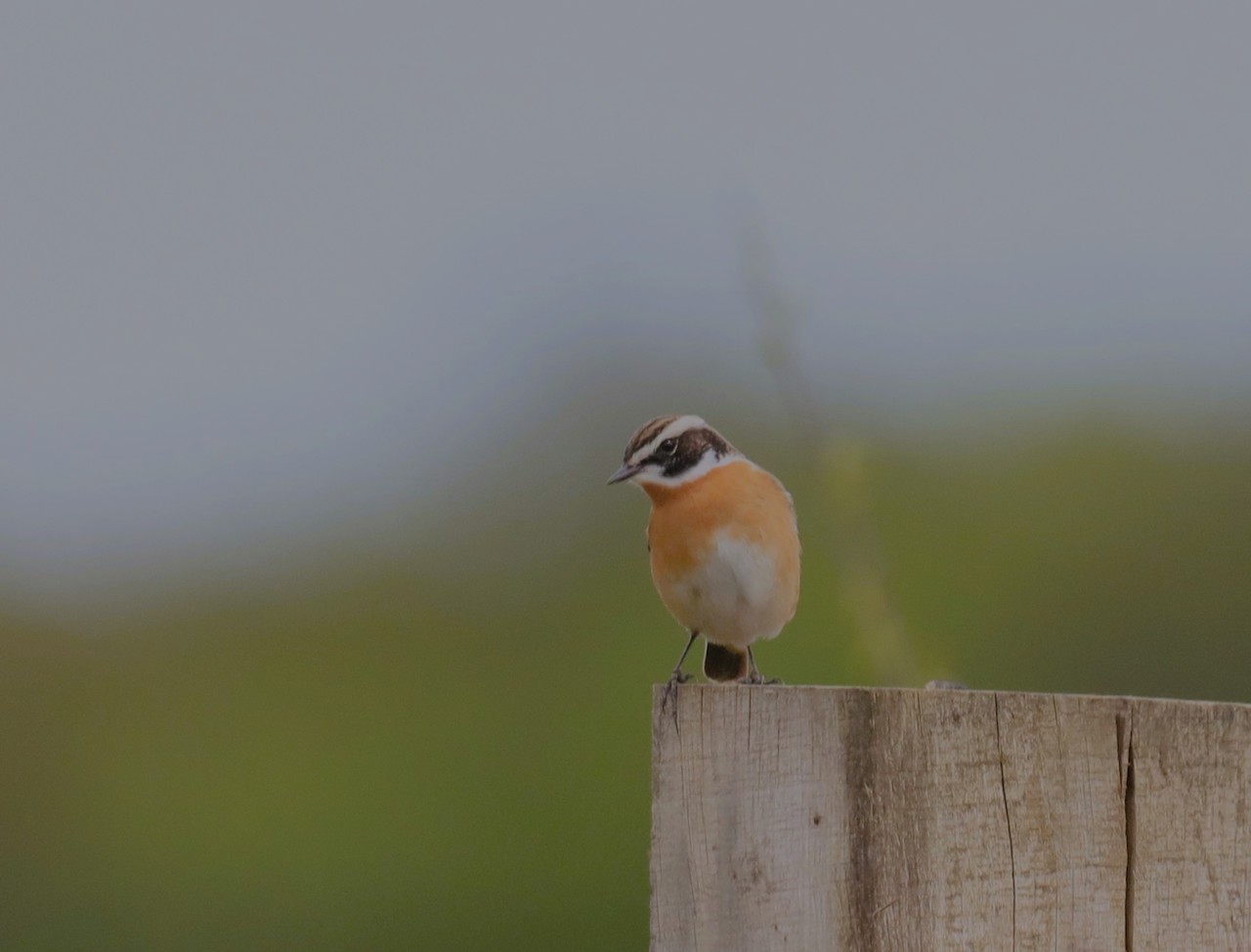 A peachy spring male whinchat also showed well in a fenced-off area where cattle are penned.
A peachy spring male whinchat also showed well in a fenced-off area where cattle are penned.
Along with two pairs of wheatears, with the males looking especially smart.
Several lesser whitethroats could be heard singing about the reserve.
While several garden warblers could be heard in song.
A marsh harrier could also be viewed as it hunted some distance away across the fields.
While sedge and reed warblers could be heard about the reserve, constantly in song.
Two cuckoos could be heard, one viewable, but attempts to photograph it showed it too distant and left me in much hope of improvements of getting better photos of one in the weeks to come.

Click on cartoon for Dragon story: Public Asked for Views on SCC’s Proposal for Reduced Speed Limits




Recent Articles
- Crop Fire Destroys Wheat Field on the Slopes of the Hog’s Back Near Guildford
- Thames Water Announce Hosepipe Ban – But Not for Guildford
- Letter: Normandy Proposal Needs A Proper Services Audit
- Notice: Free Bereavement Support Programme
- Normandy Housing Plan Reignites Concerns Over ‘Damage To Our Community’
- Letter: The Class of 1955 Meets 70 Years On.
- Highways Bulletin: Reimagining Parking with Green Design
- Opinion: Never Have We Needed the Benefits of the Natural World More
- SCC Calls on the Government To Protect the Environment
- Two-Week Road Closure on Portsmouth Road for Gas Network Upgrade



Search in Site
Media Gallery
Dragon Interview: Local Artist Leaves Her Mark At One of England’s Most Historic Buildings
January 21, 2023 / No Comment / Read MoreDragon Interview: Lib Dem Planning Chair: ‘Current Policy Doesn’t Work for Local People’
January 19, 2023 / No Comment / Read MoreA3 Tunnel in Guildford ‘Necessary’ for New Homes, Says Guildford’s MP
January 10, 2023 / No Comment / Read More‘Madness’ for London Road Scheme to Go Ahead Against ‘Huge Opposition’, Says SCC Leader
January 6, 2023 / No Comment / Read MoreCouncillor’s Son Starts Campaign for More Consultation on North Street Plan
December 30, 2022 / No Comment / Read MoreCounty Council Climbs Down Over London Road Works – Further ‘Engagement’ Period Announced
December 14, 2022 / No Comment / Read MoreDragon Interview: GBC Reaction to the Government’s Expected Decision to Relax Housing Targets
December 7, 2022 / No Comment / Read MoreHow Can Our Town Centre Businesses Recover? Watch the Shop Front Debate
May 18, 2020 / No Comment / Read More



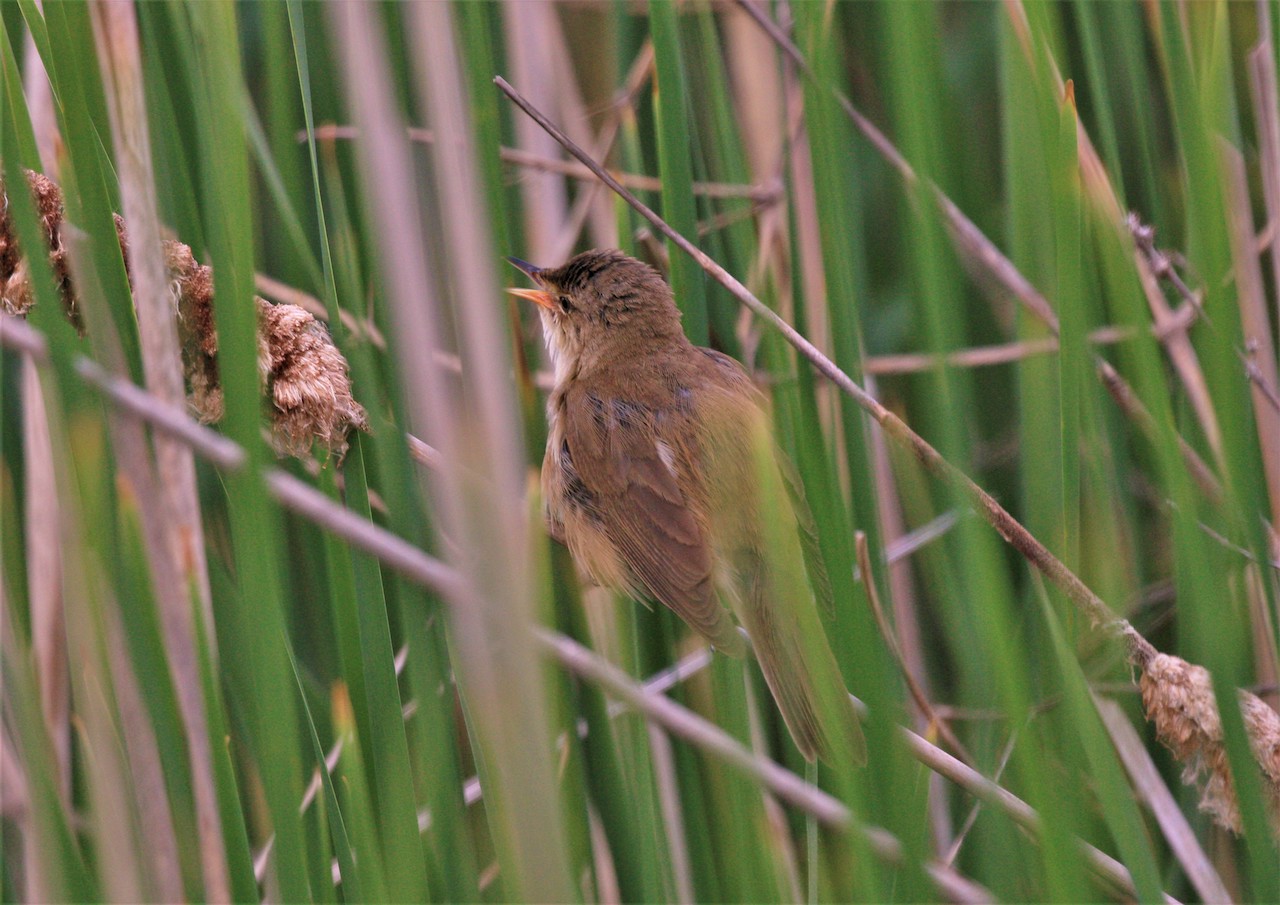
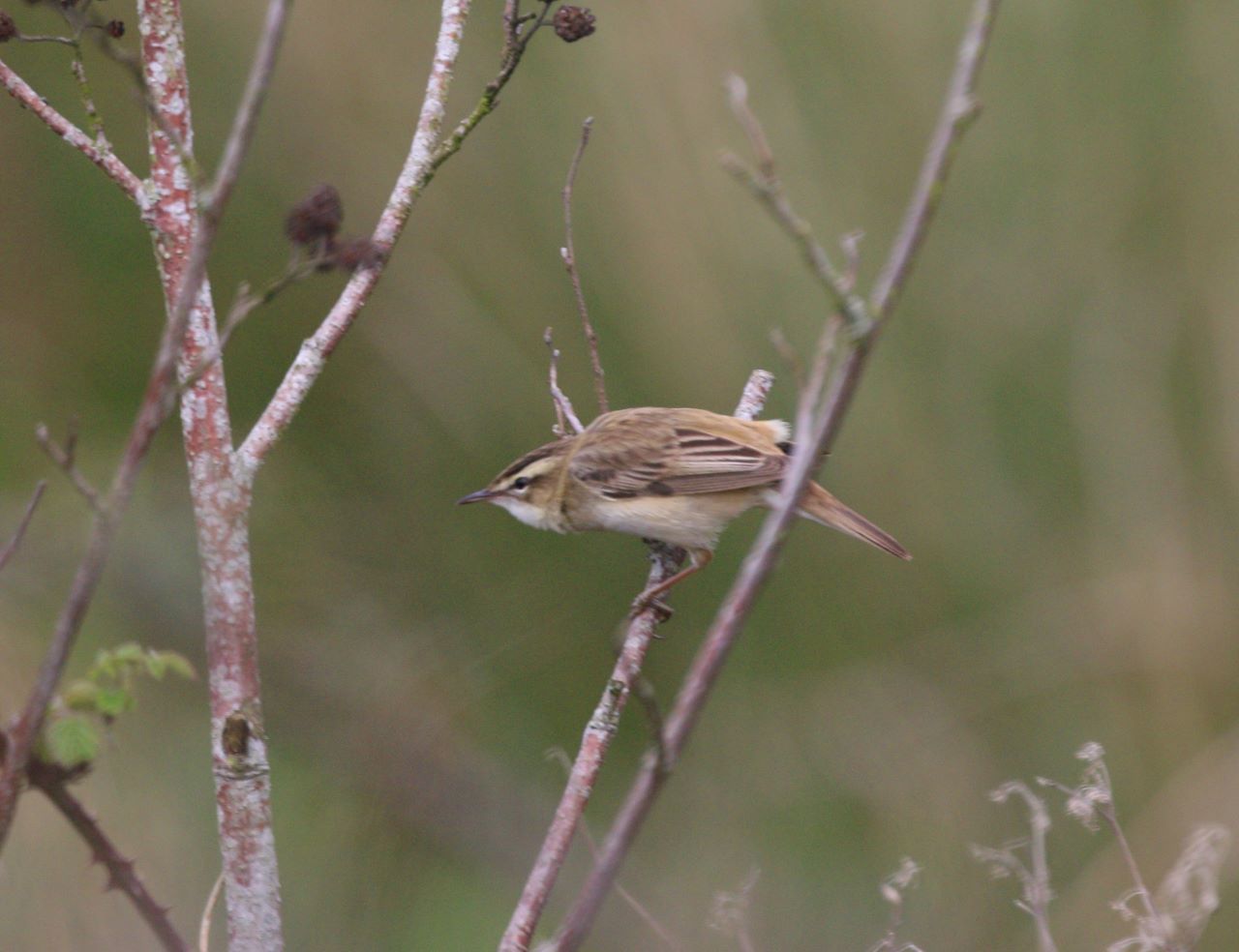
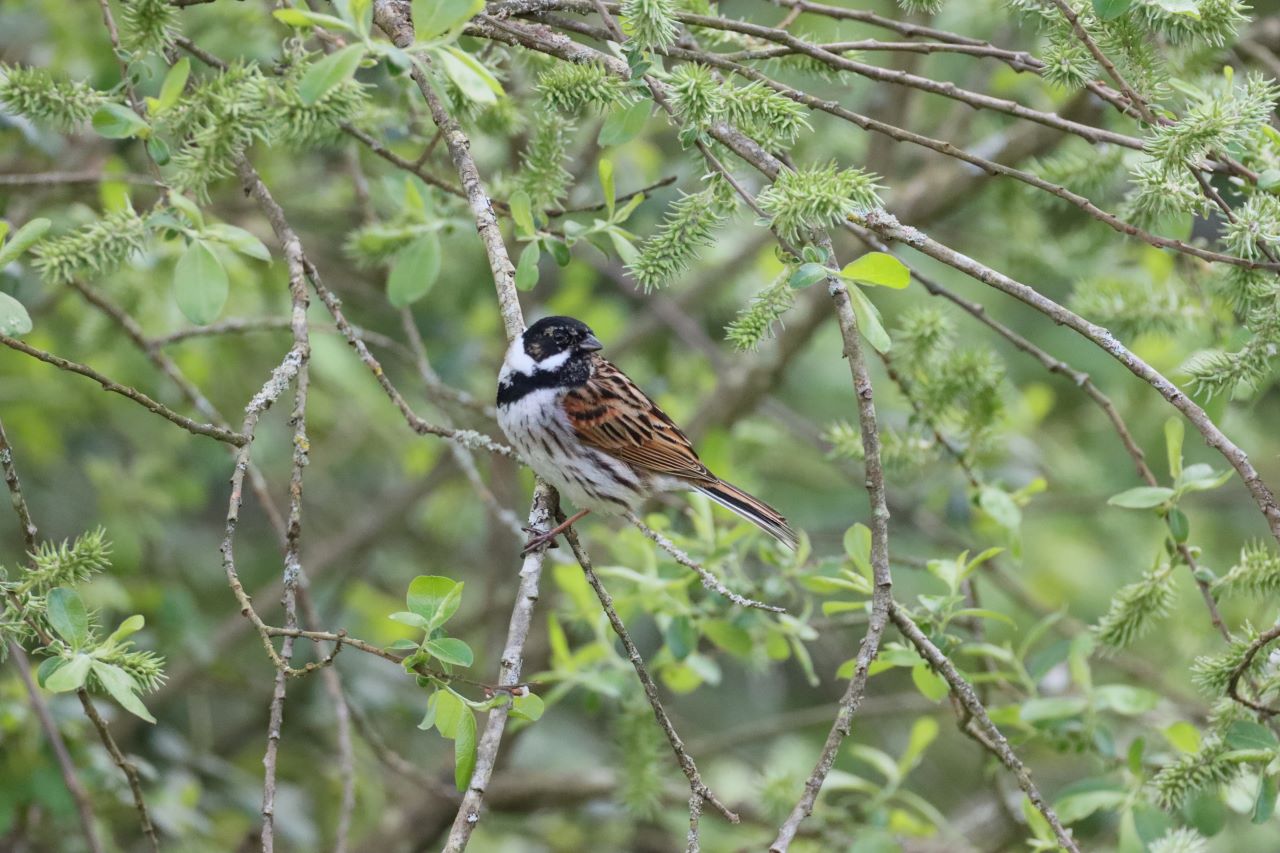
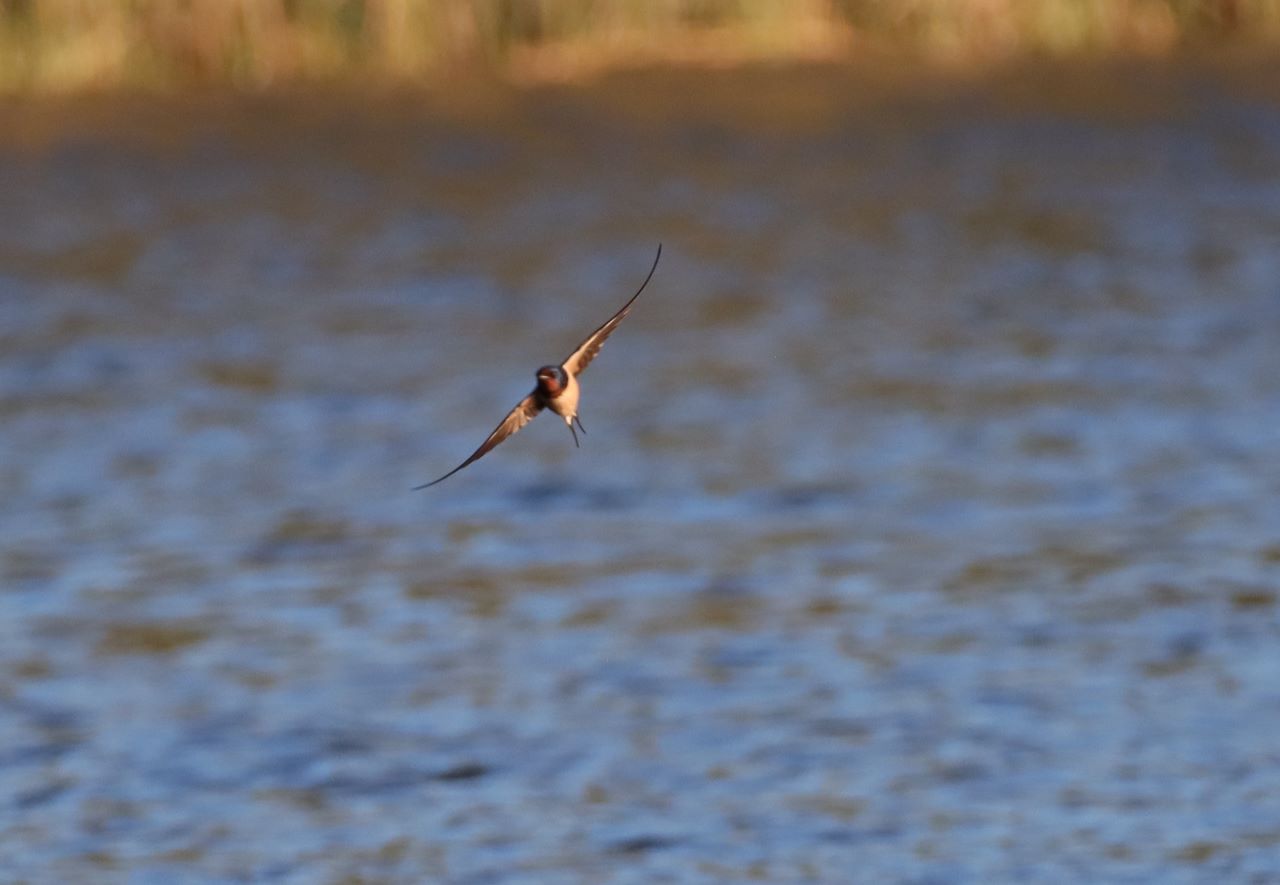
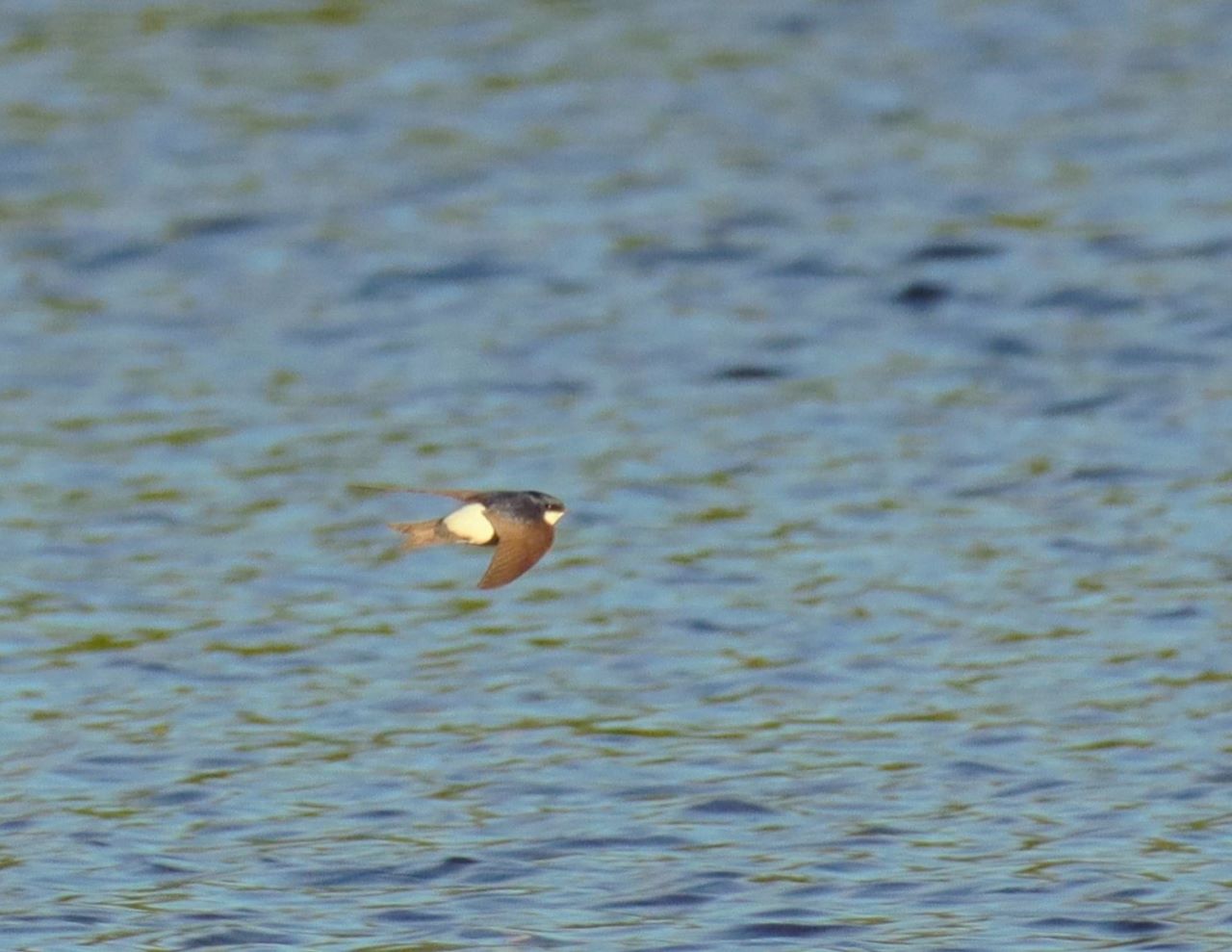
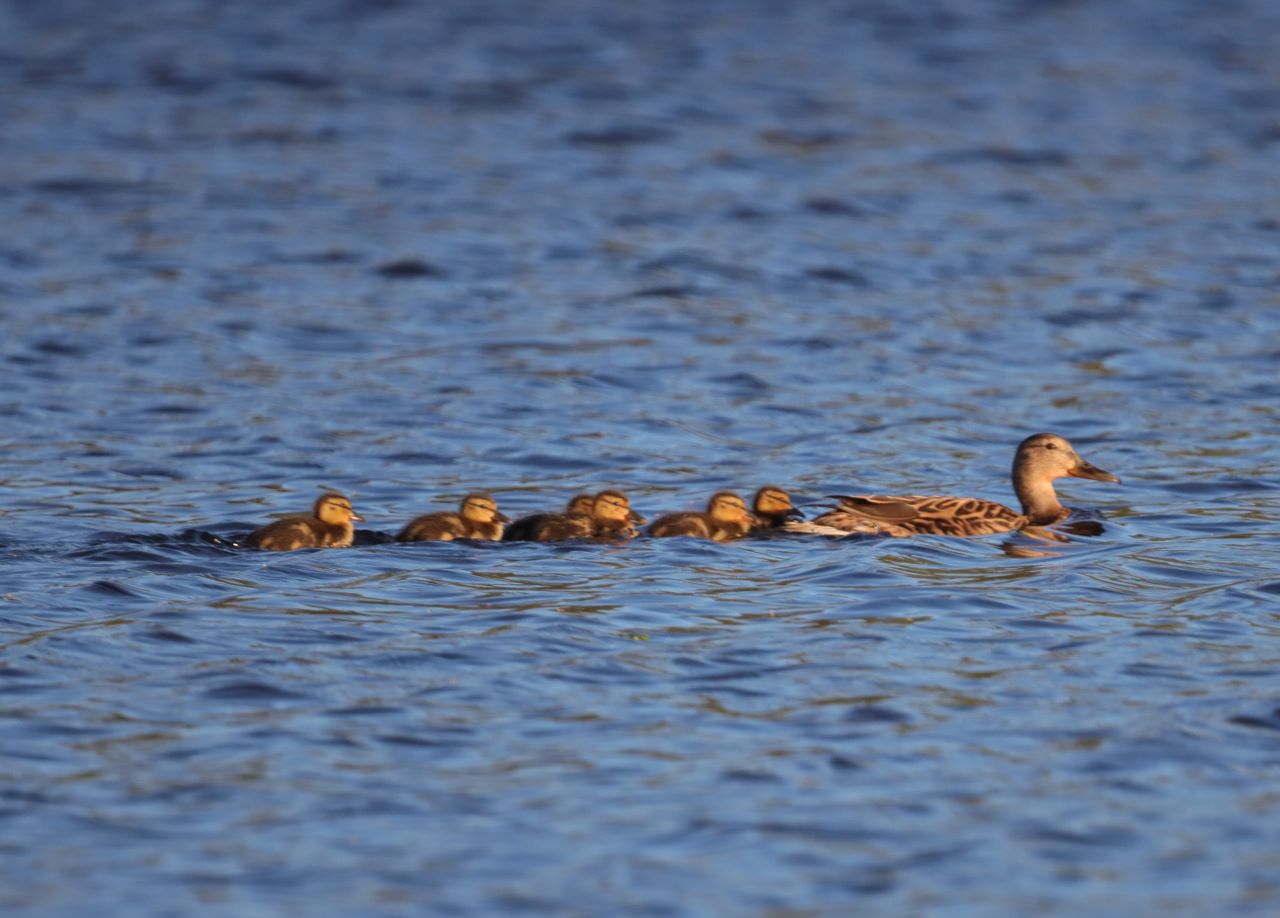
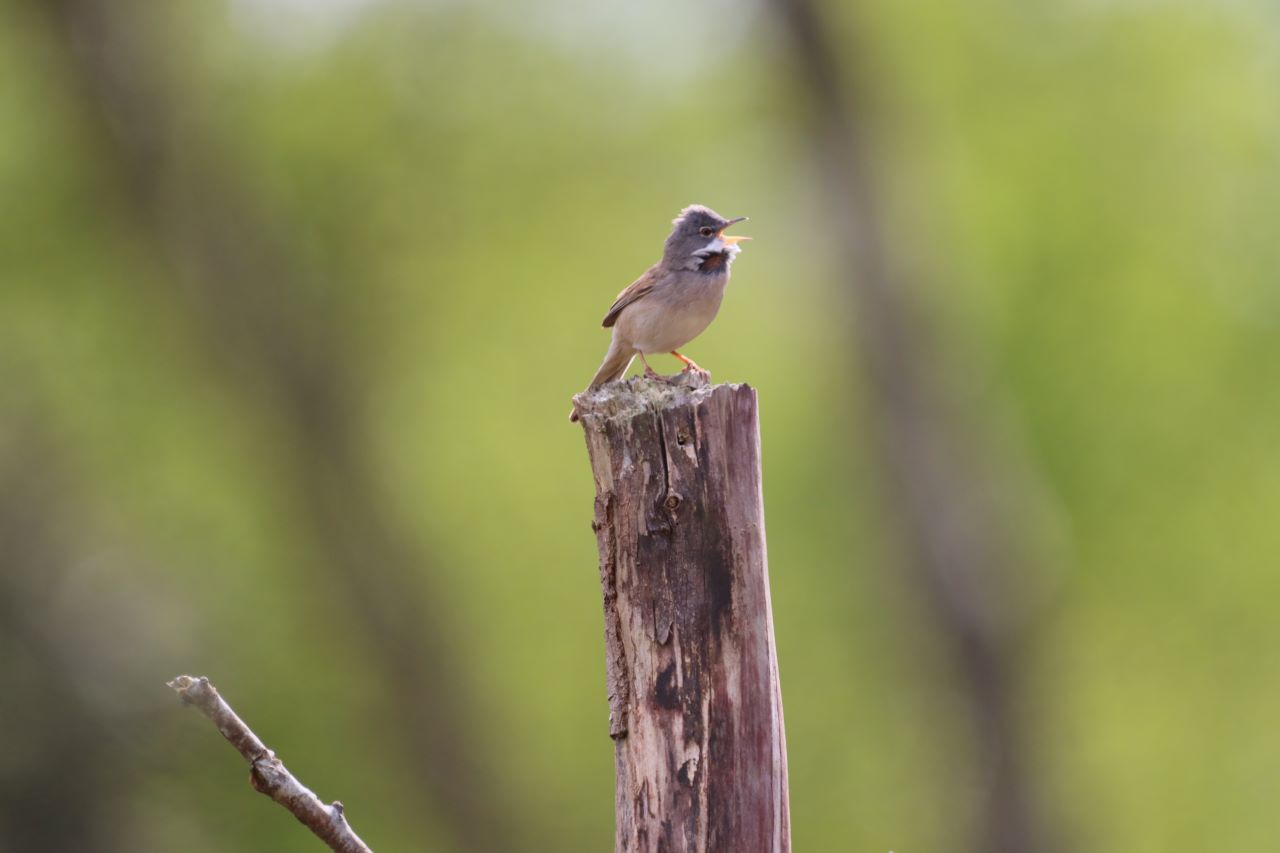
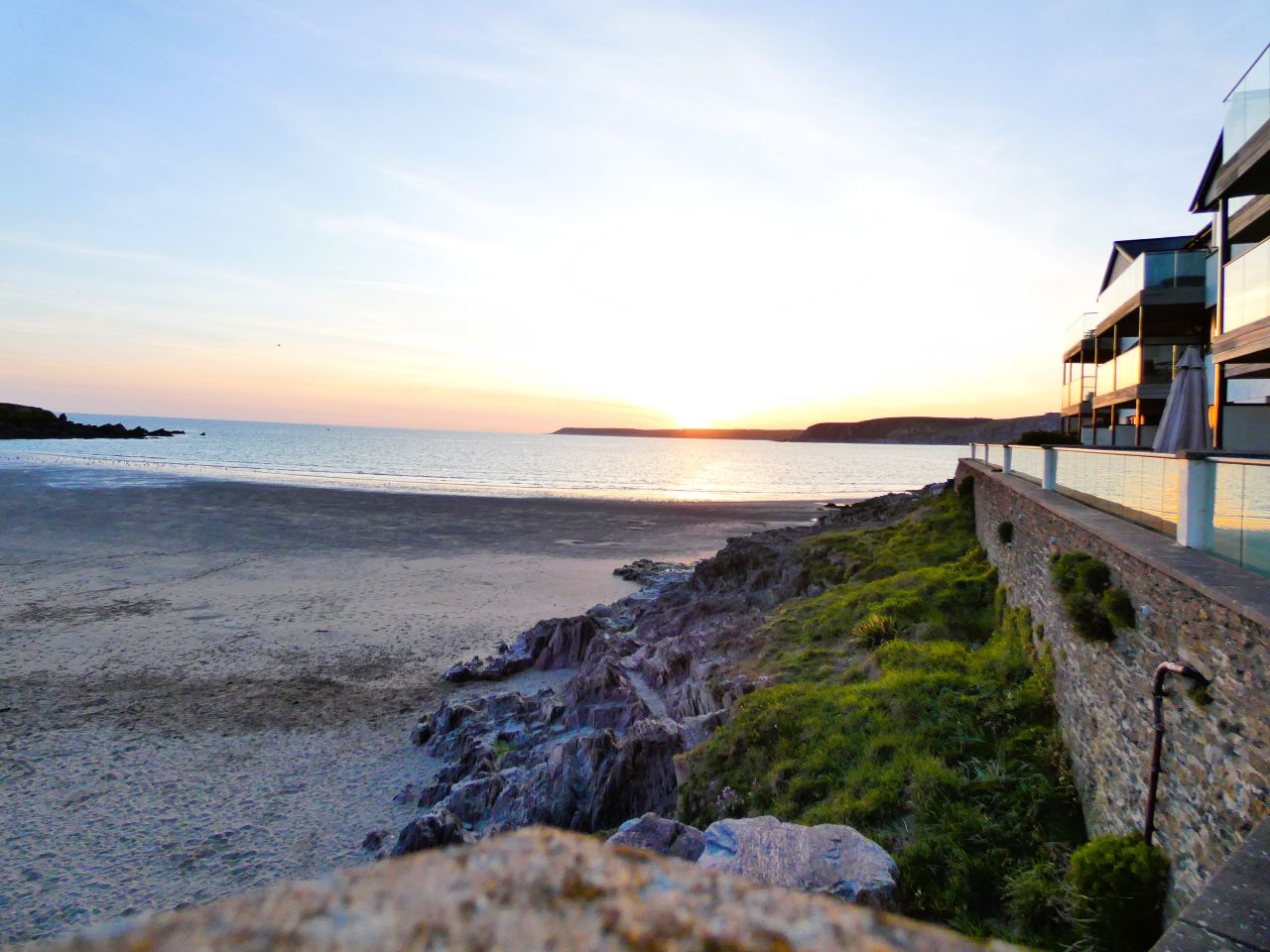
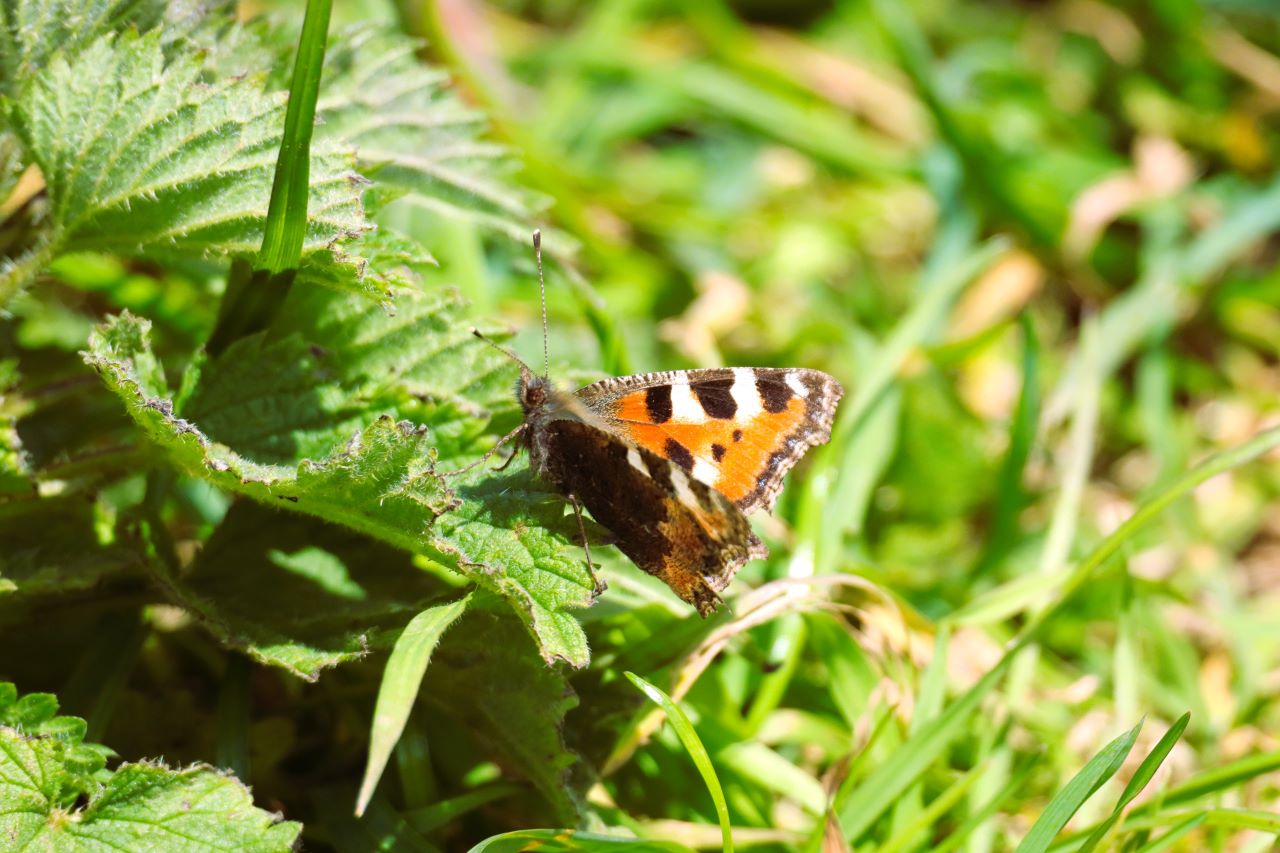
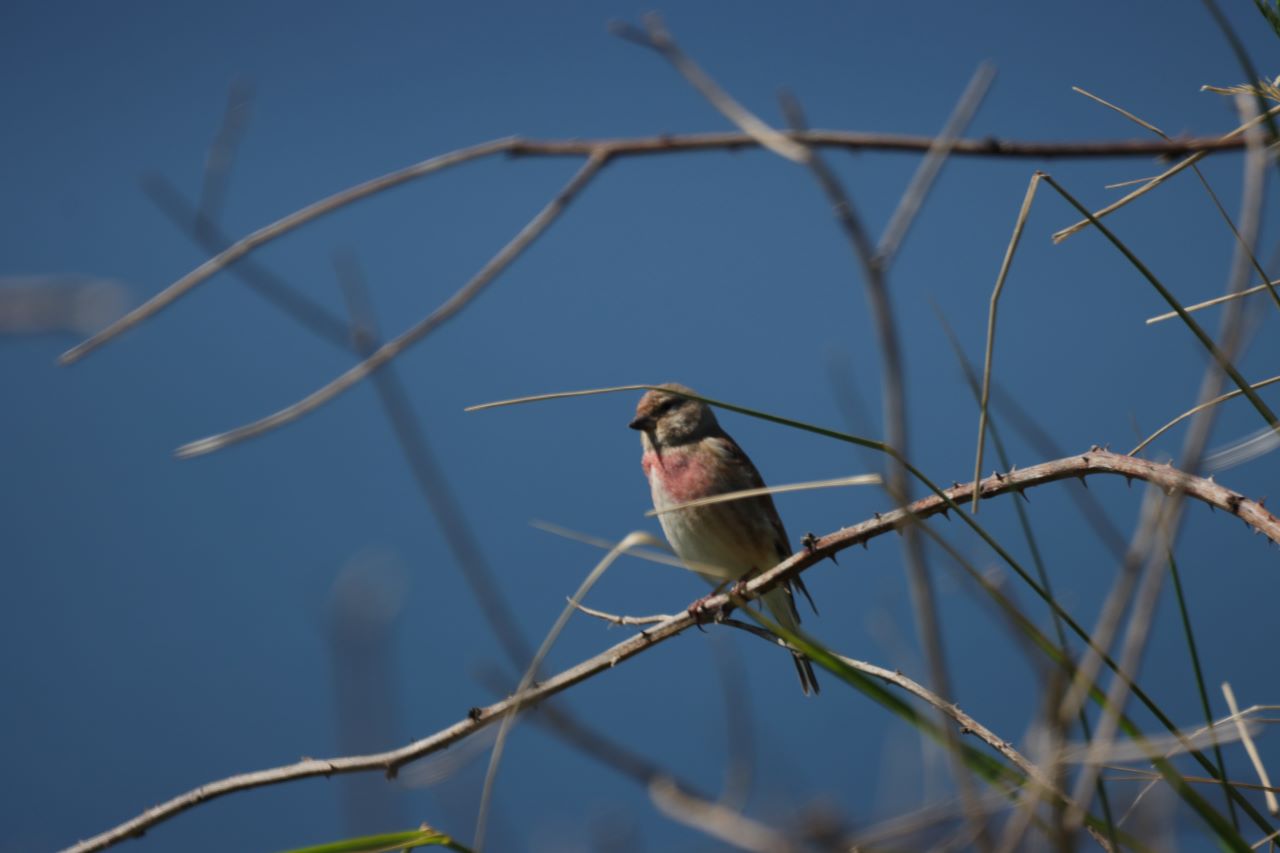

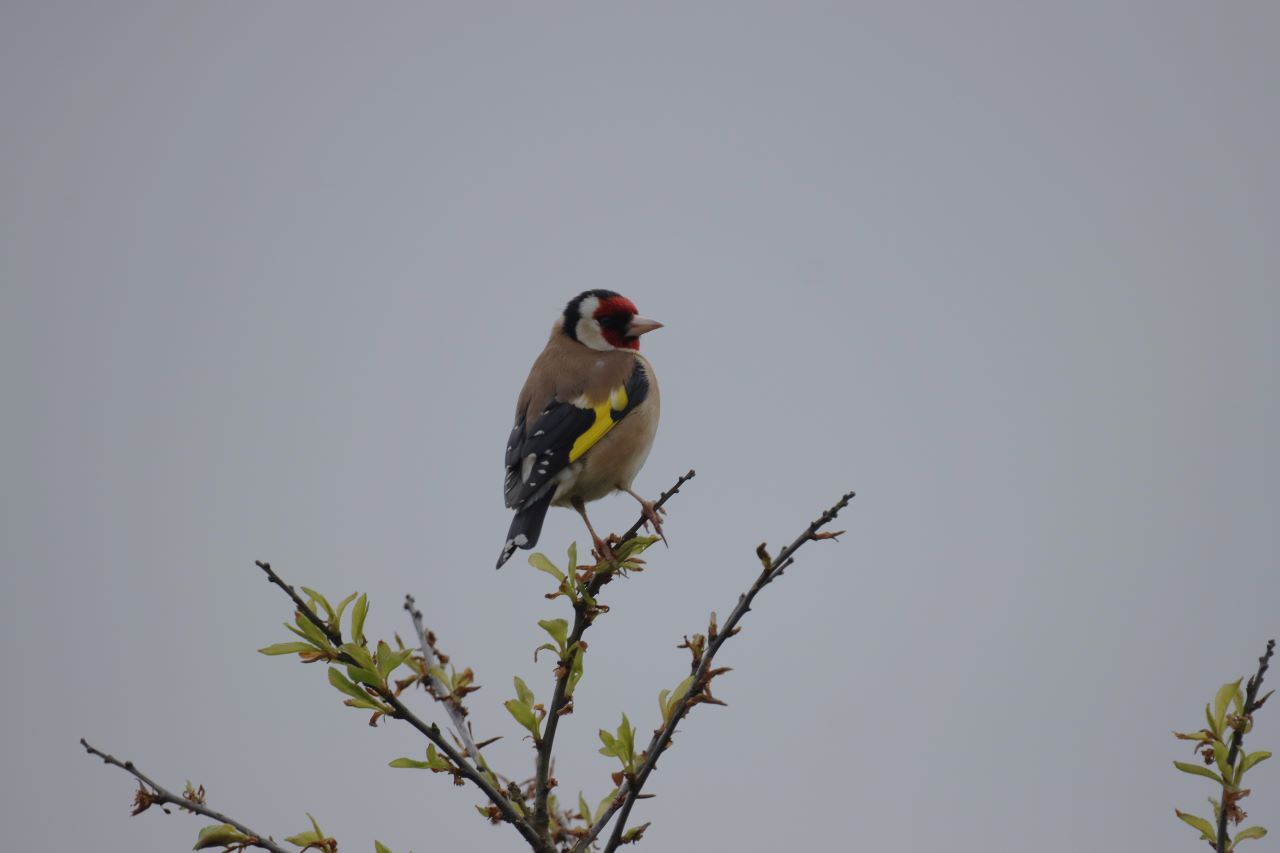
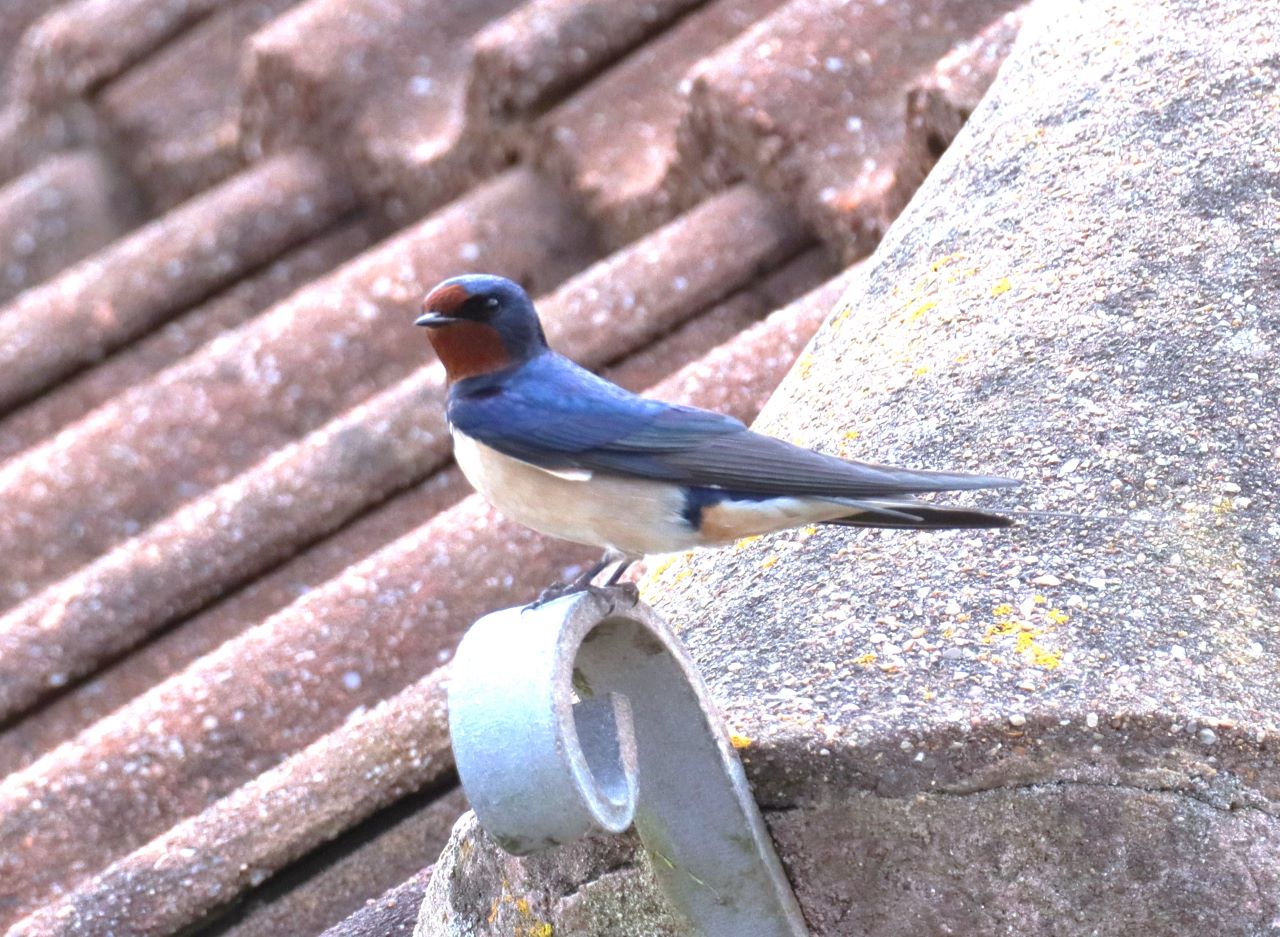
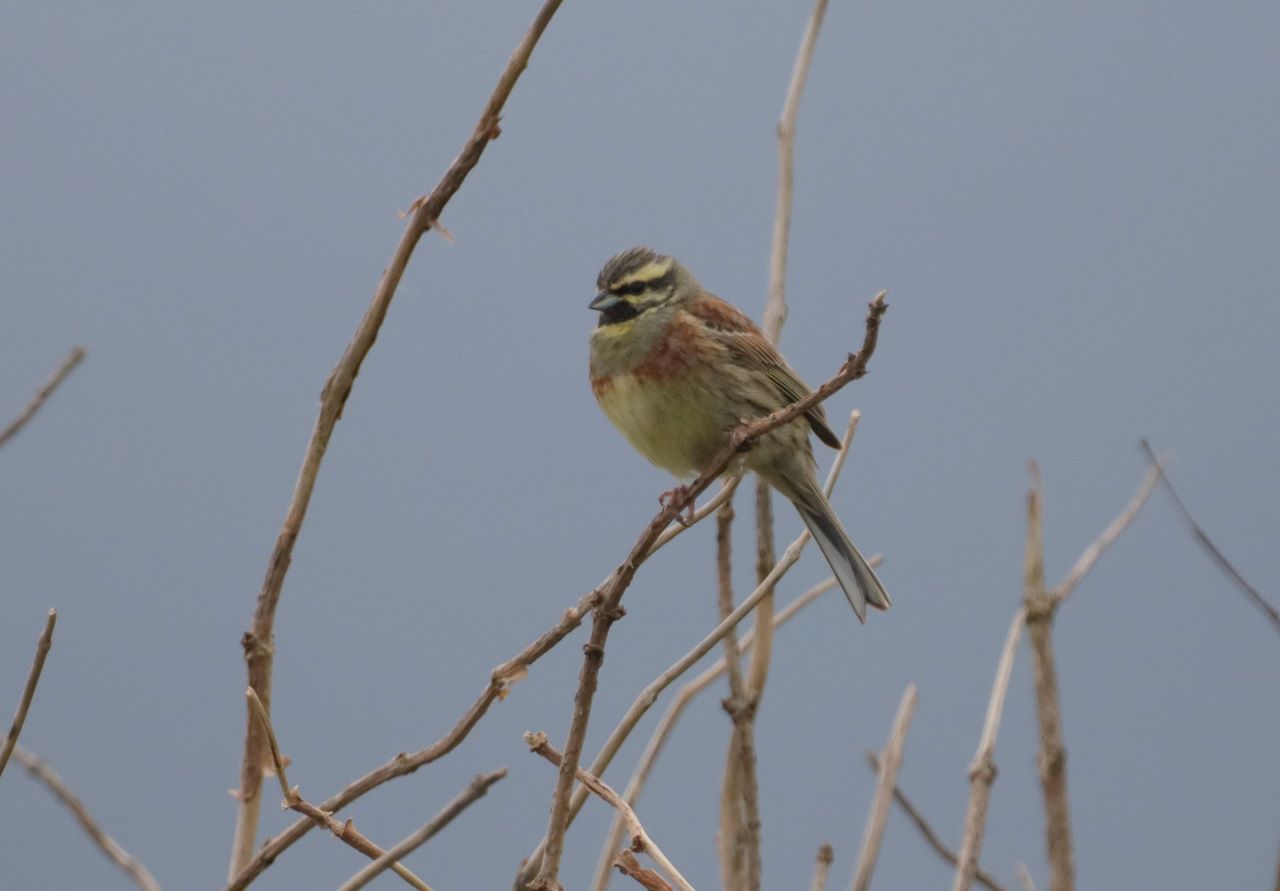
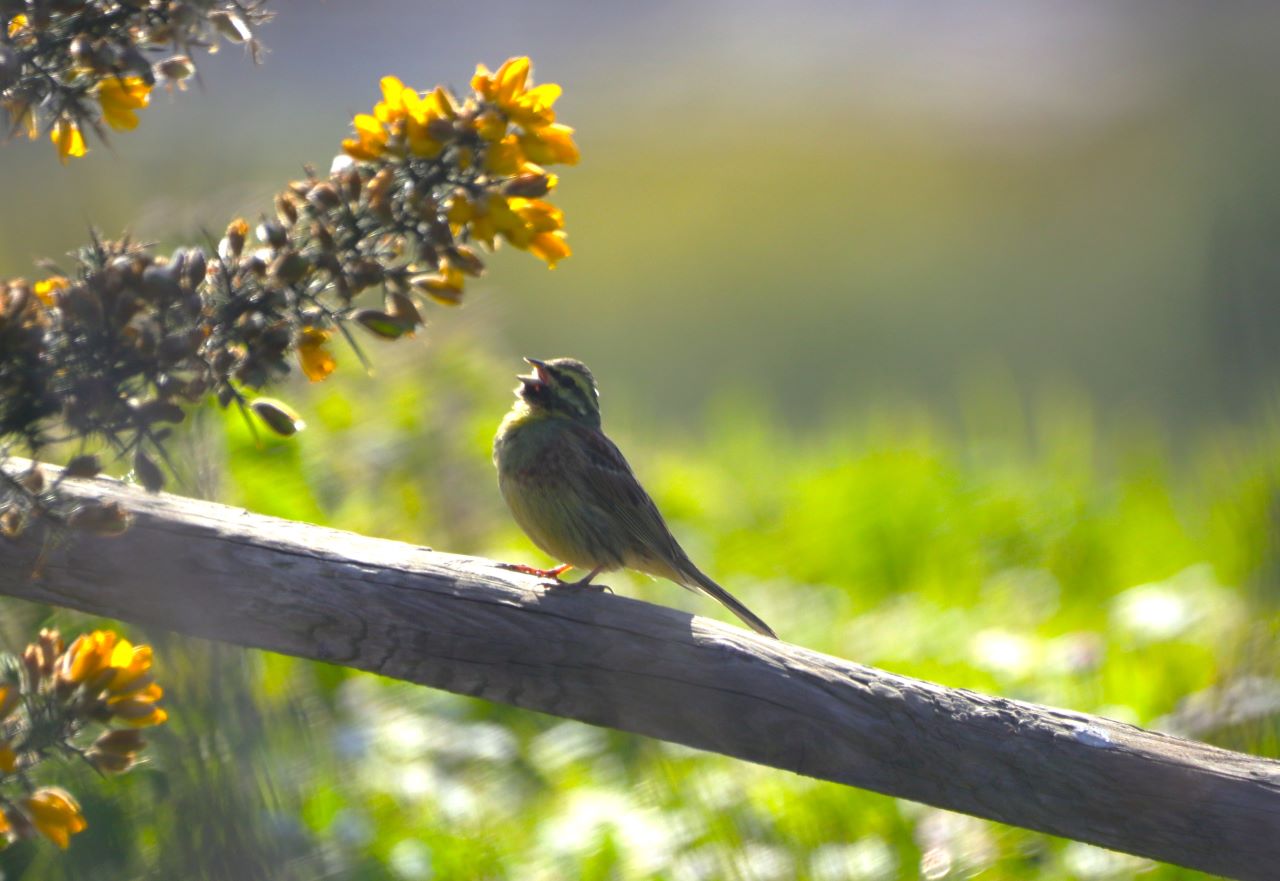
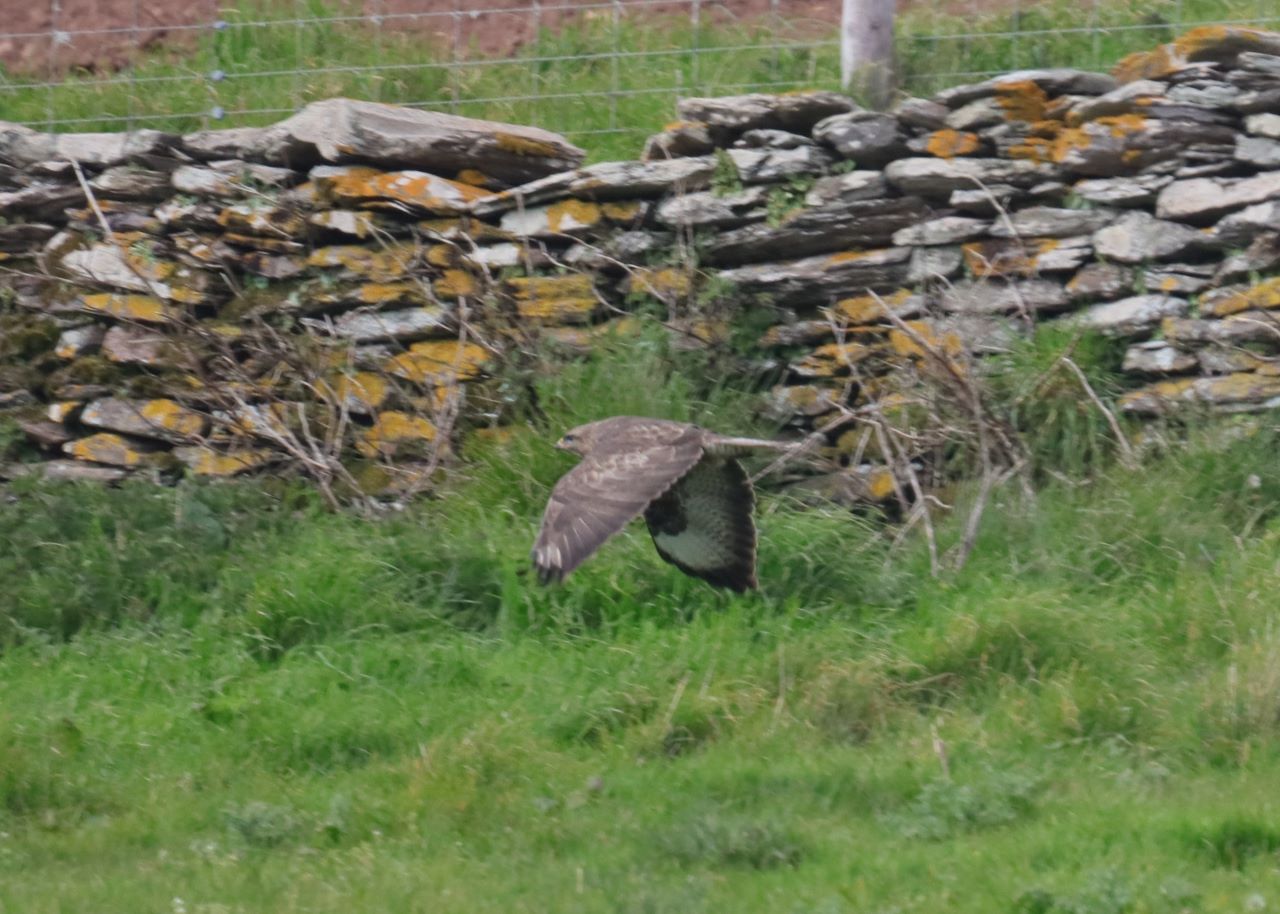
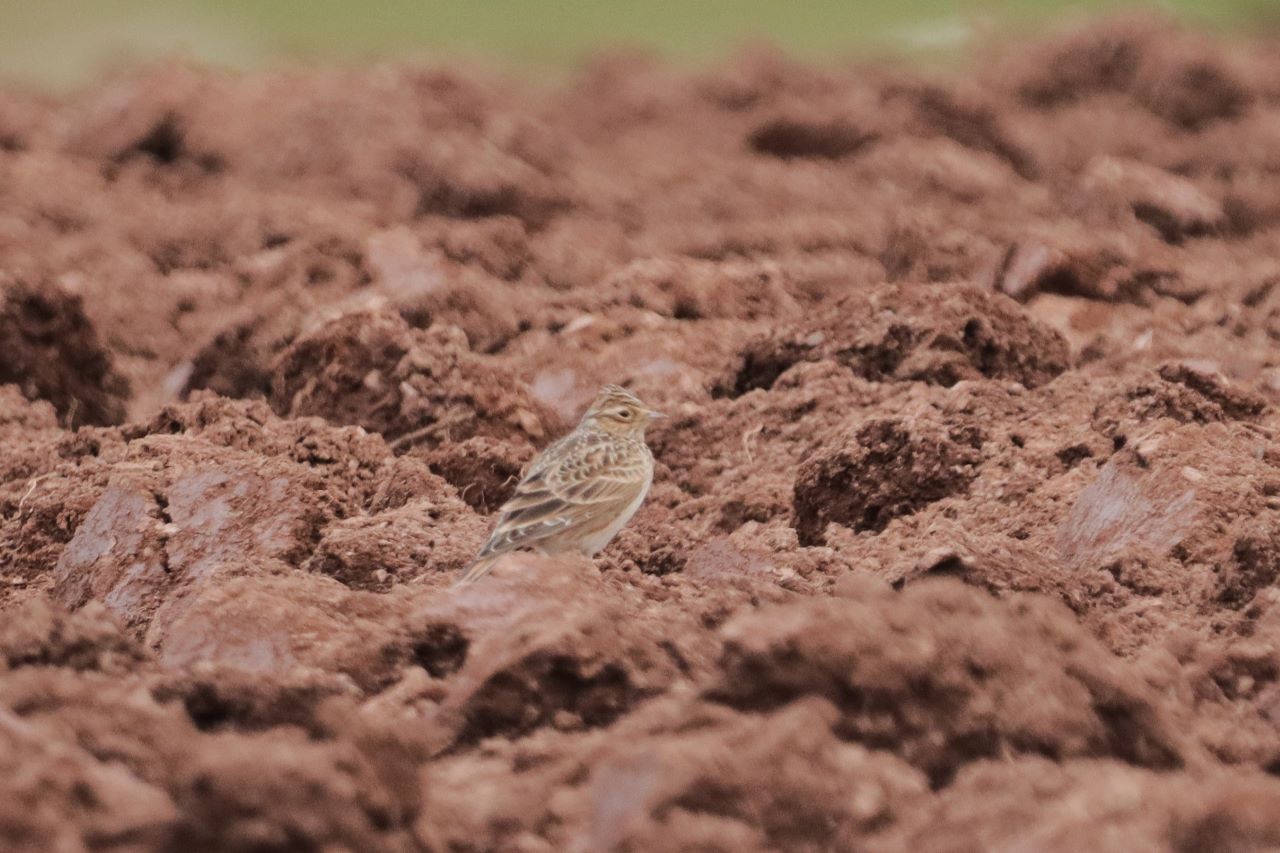
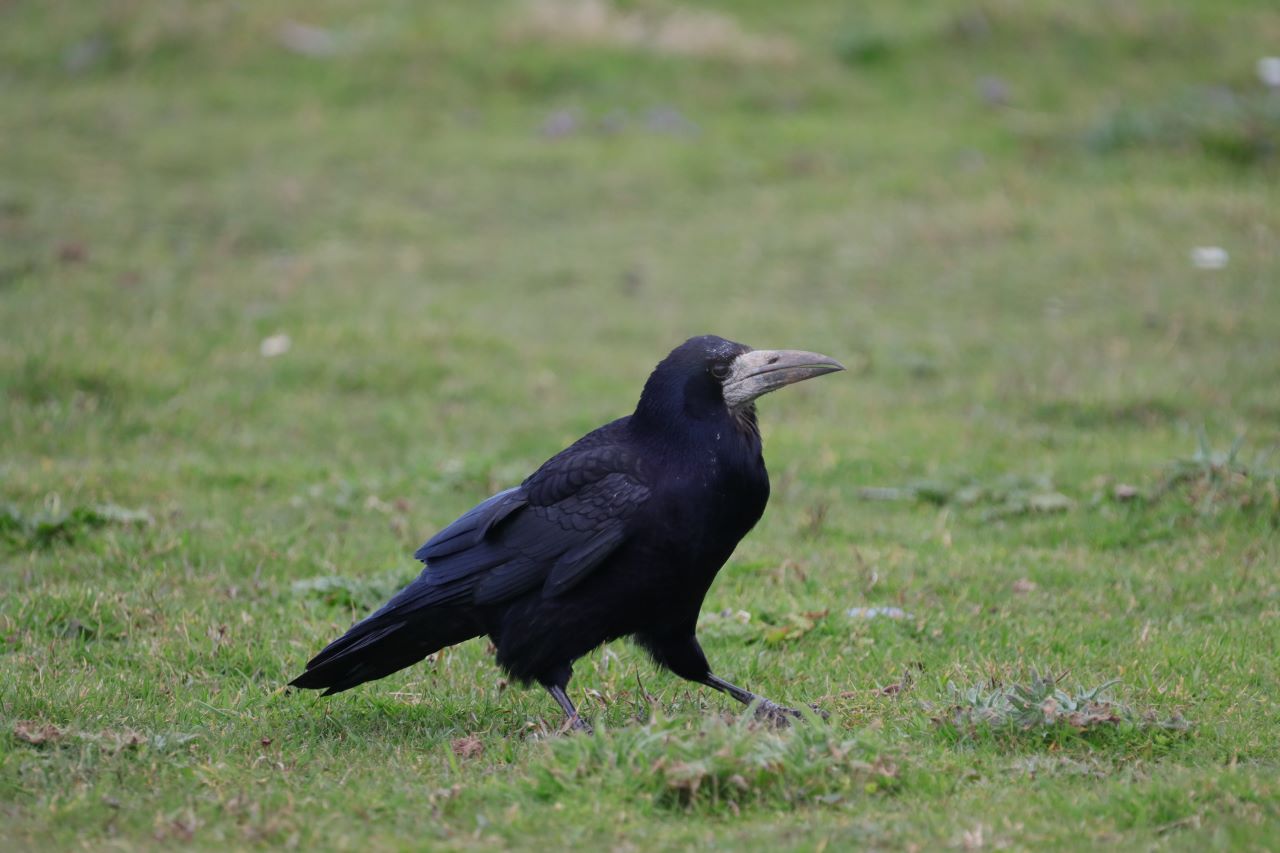
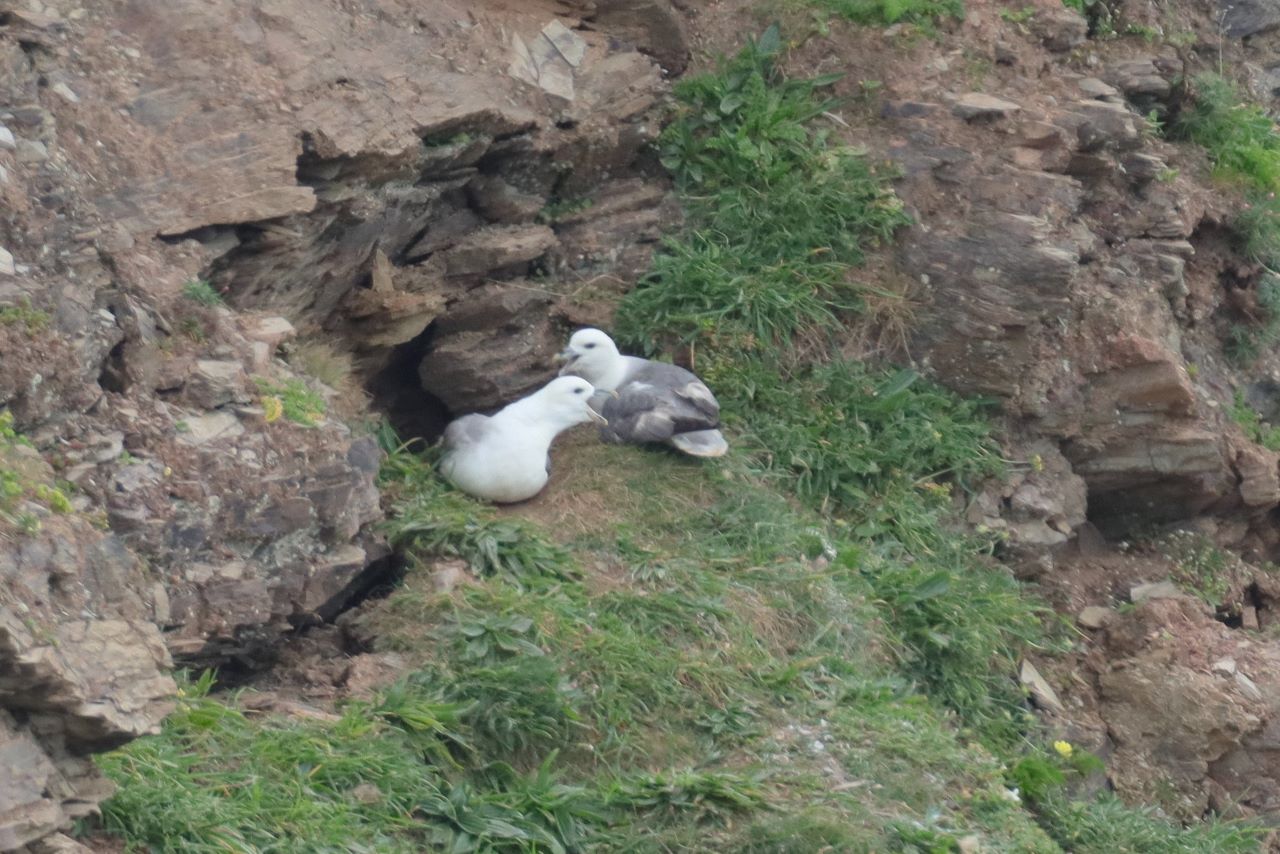


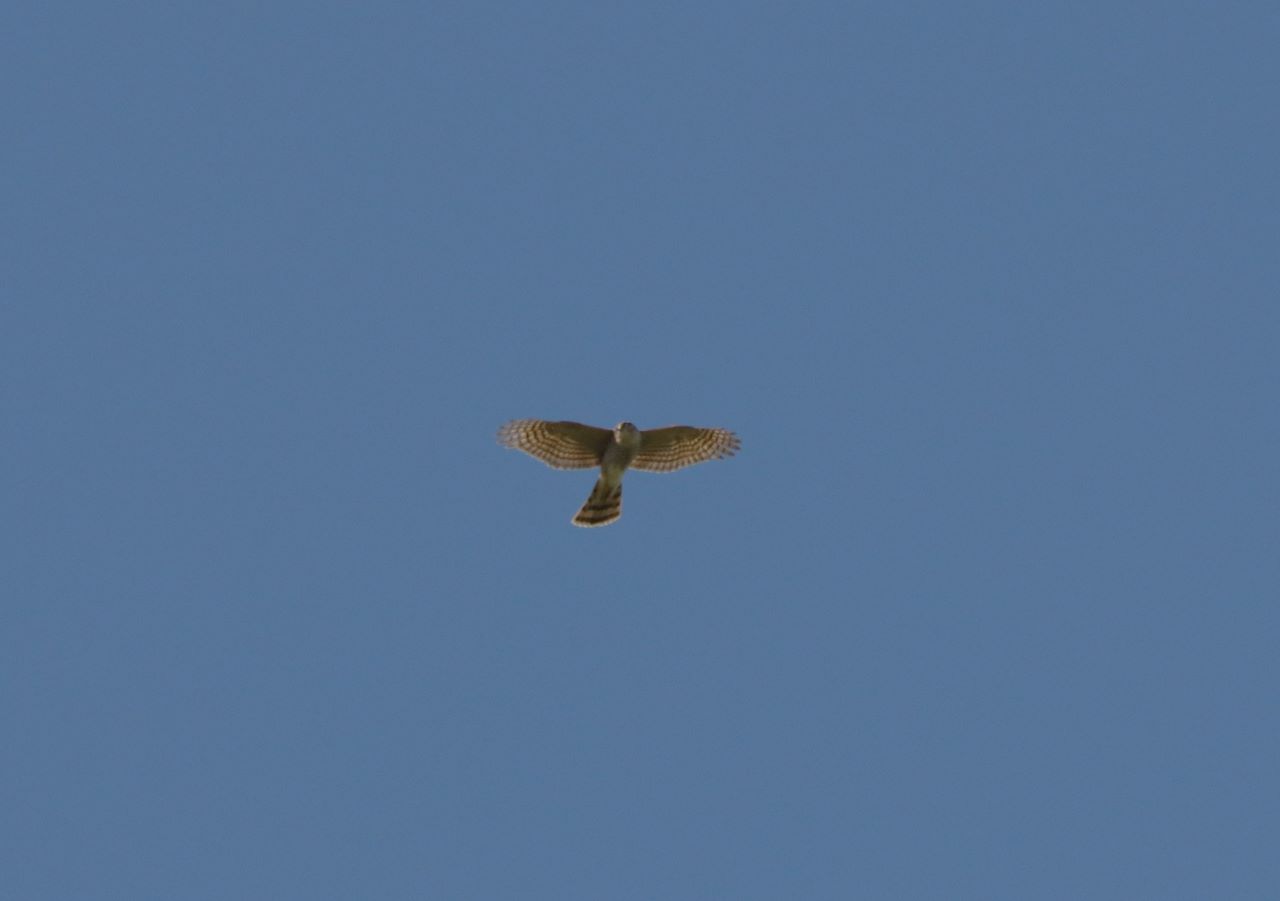
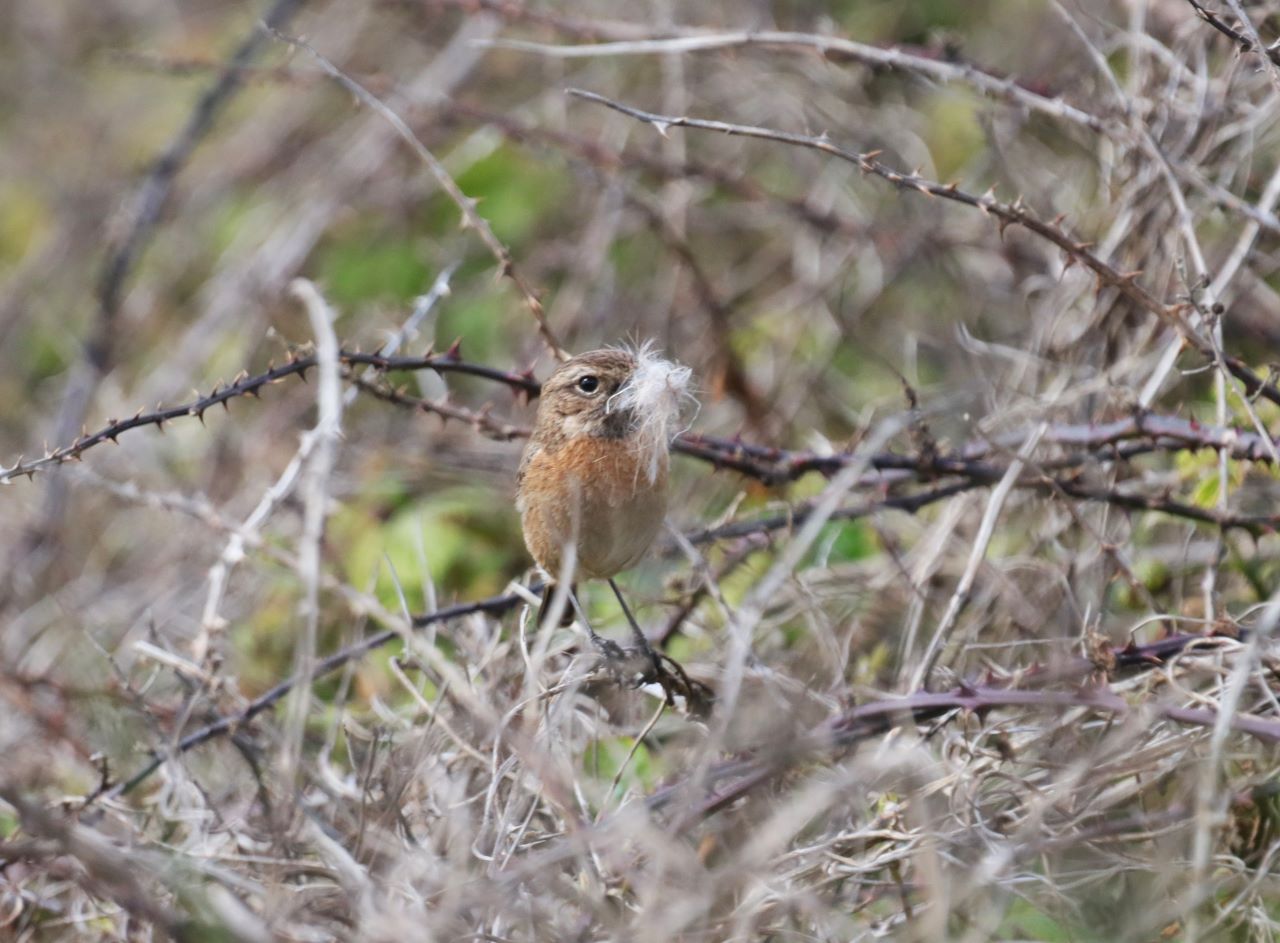
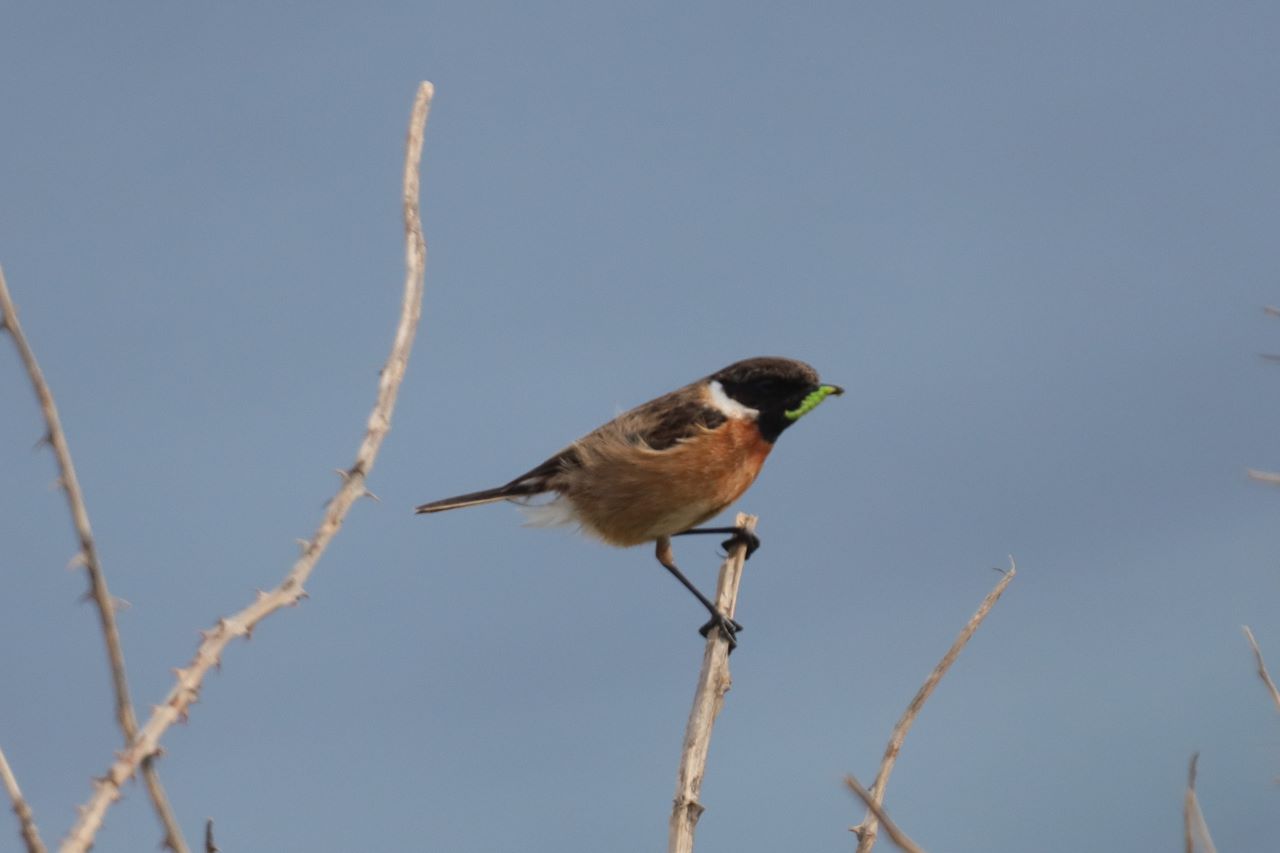
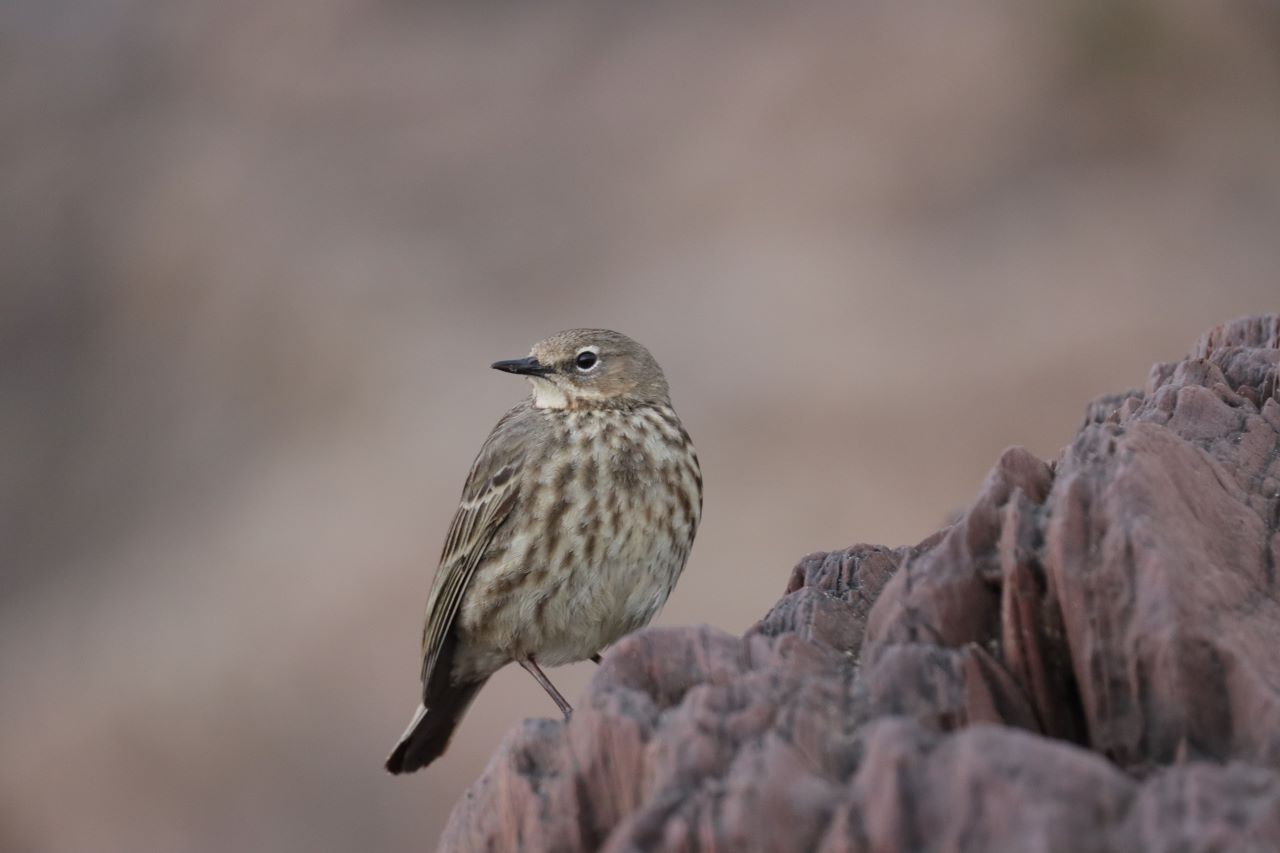
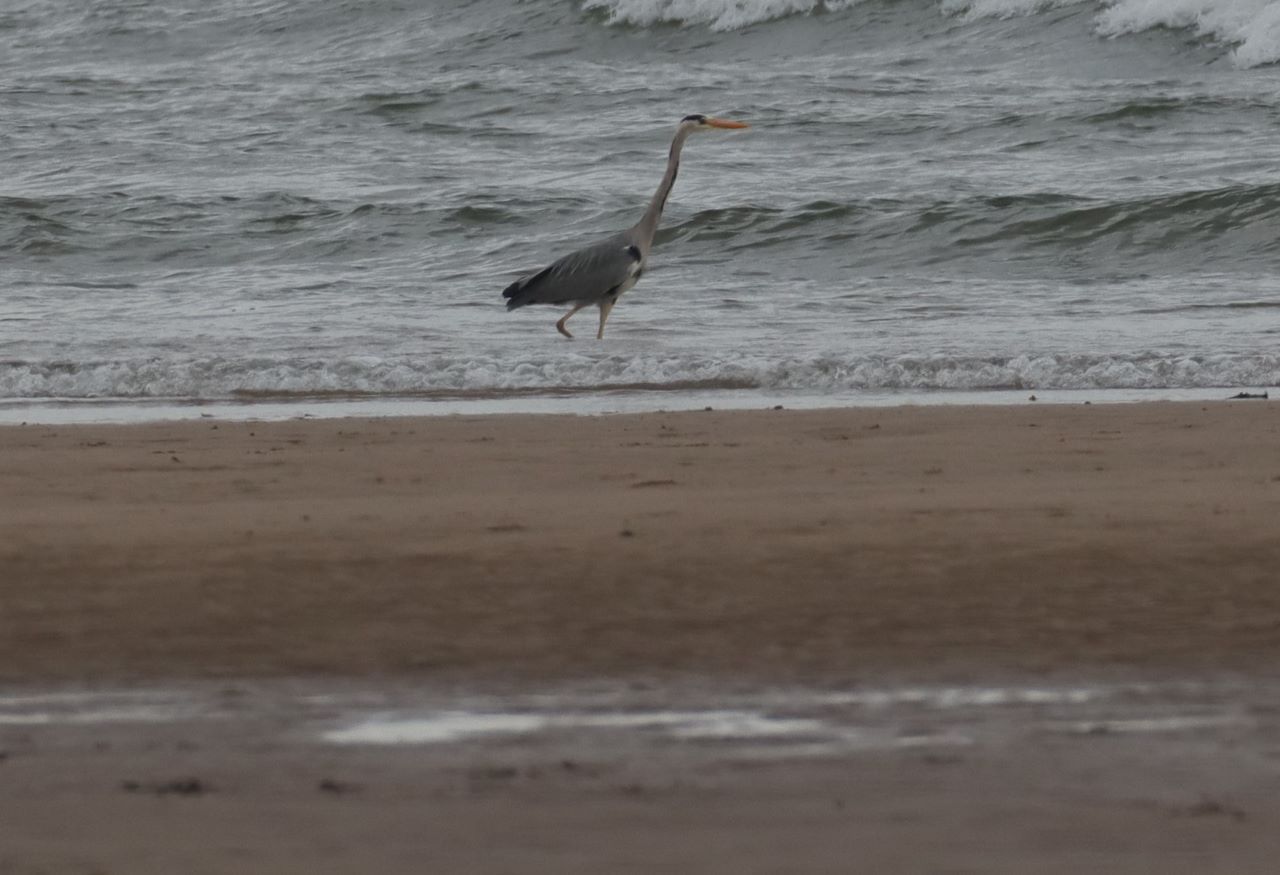
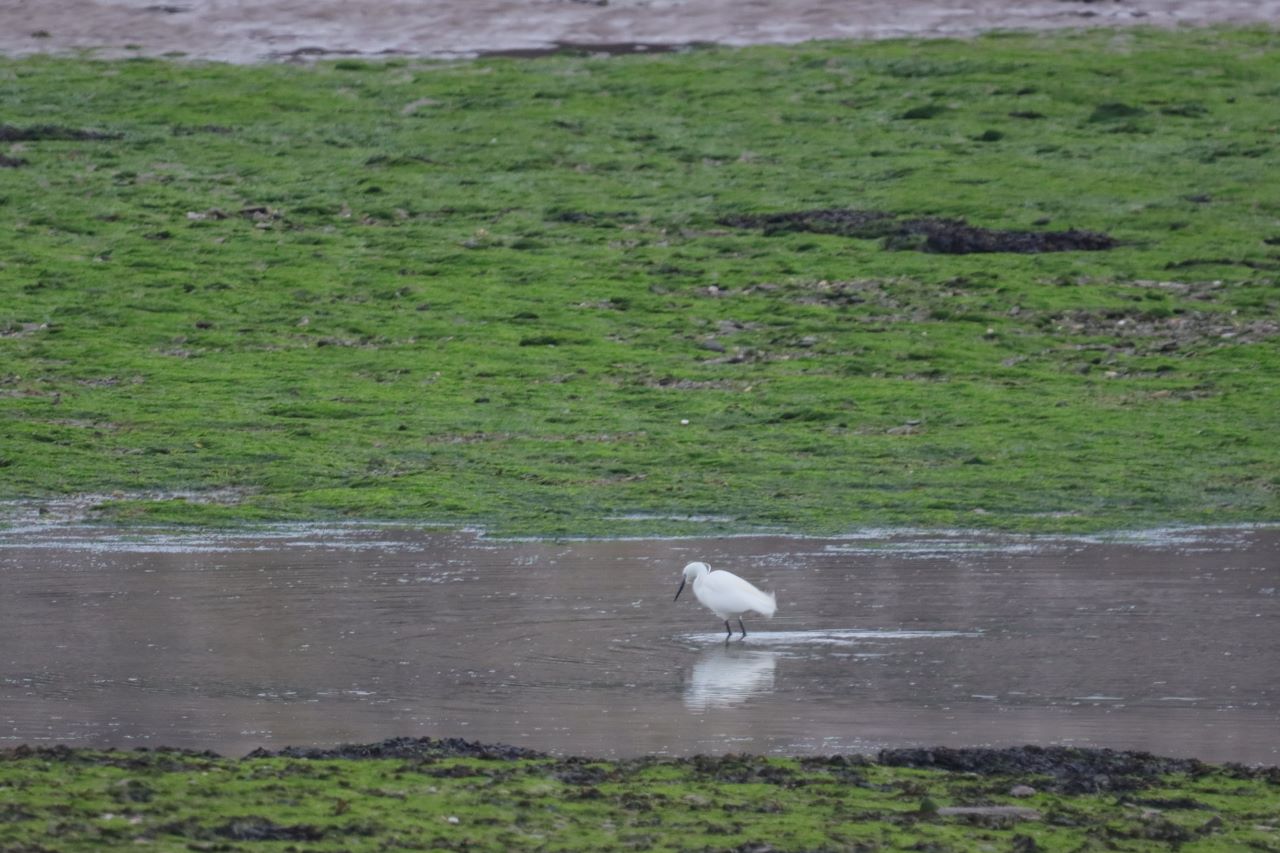

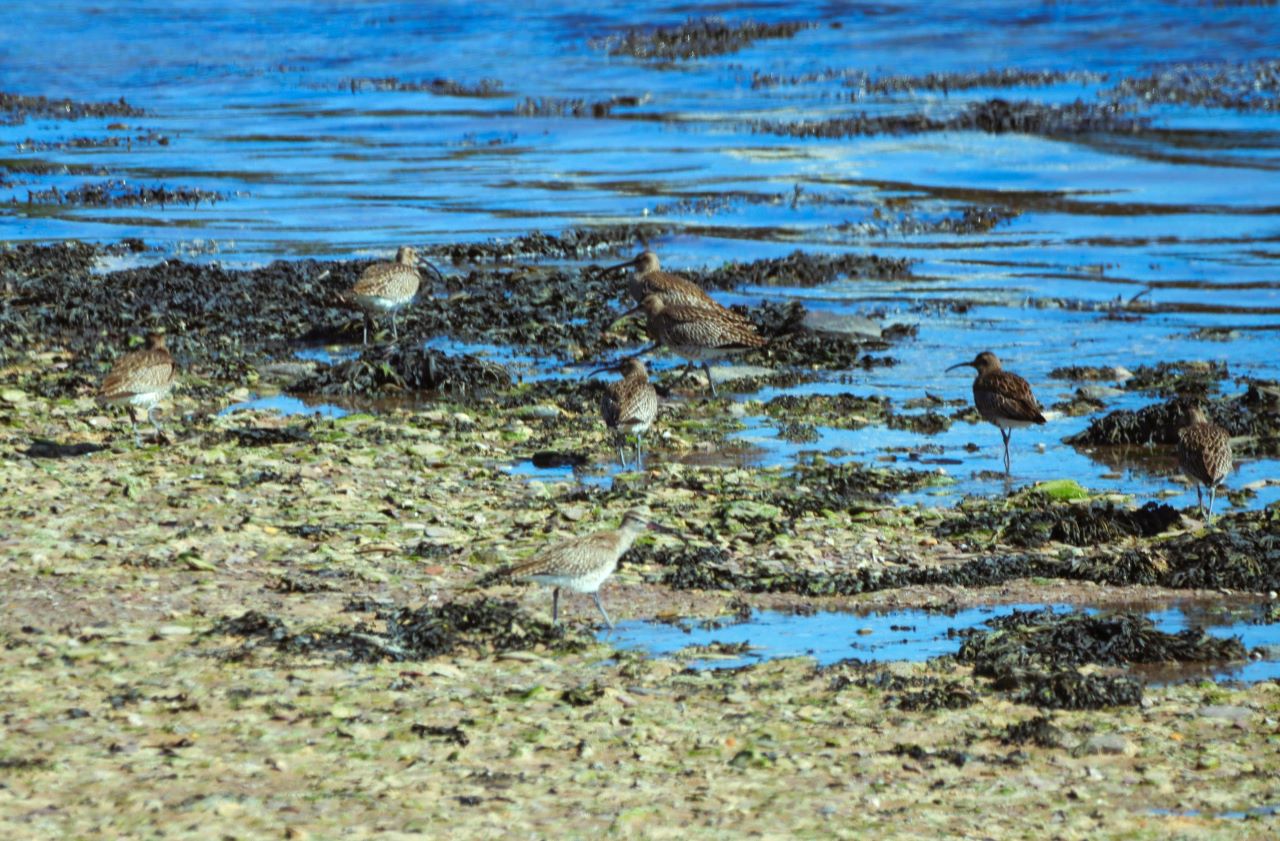
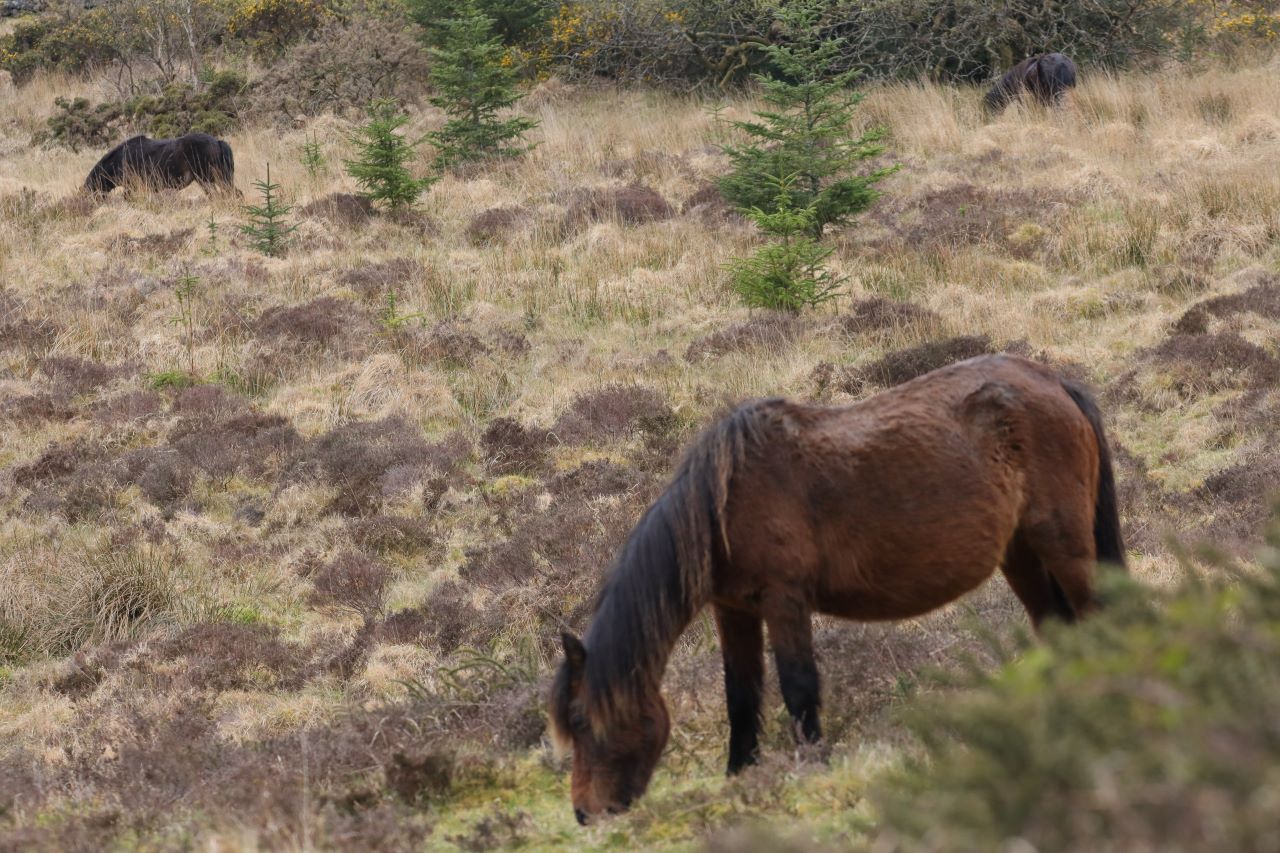
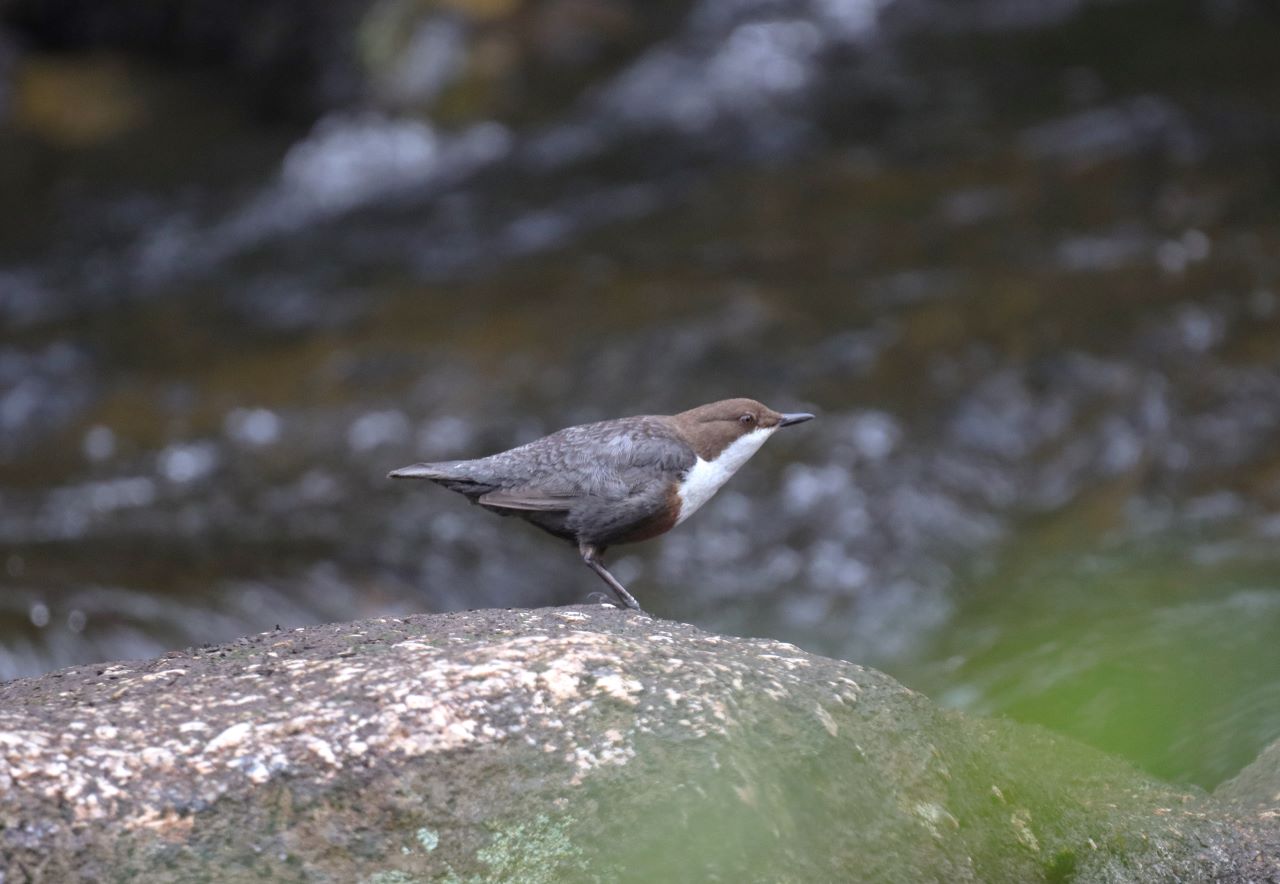
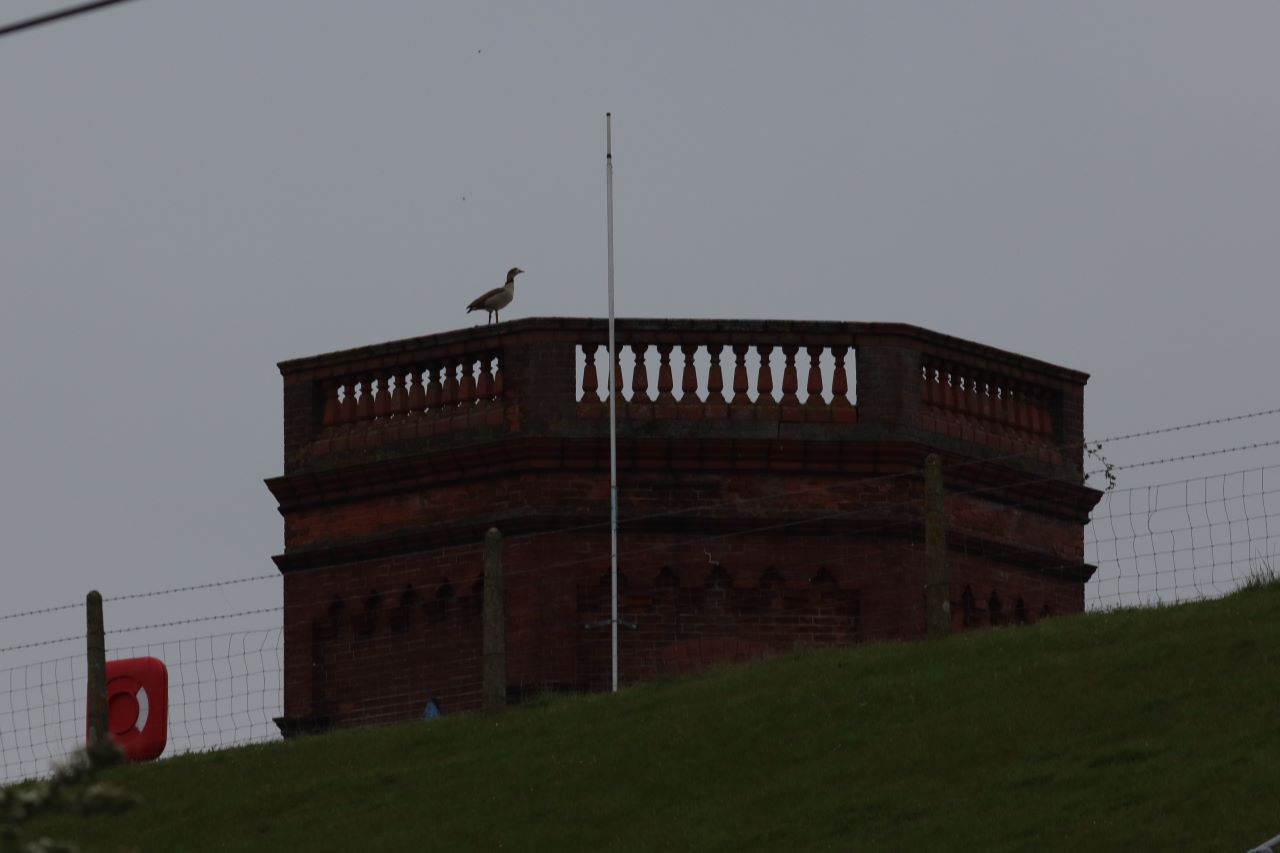
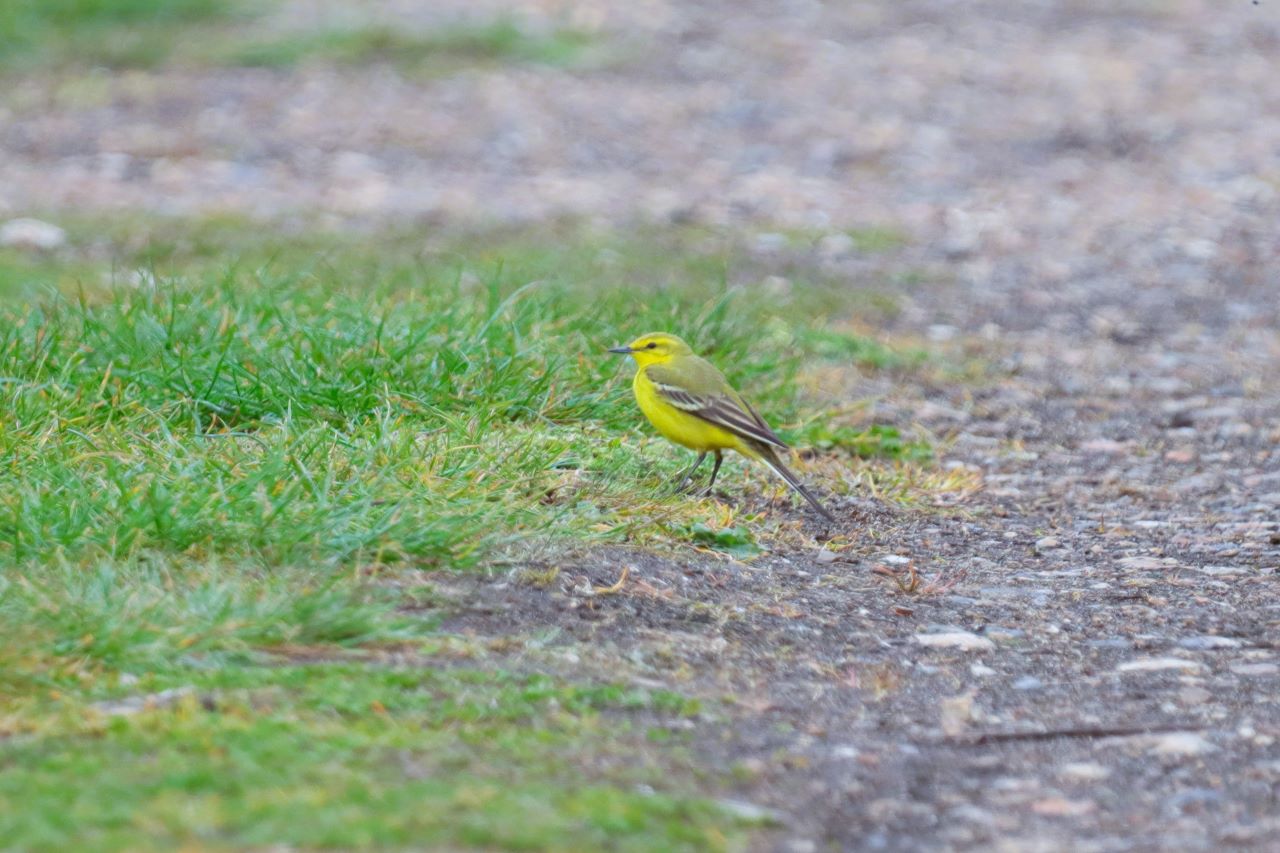
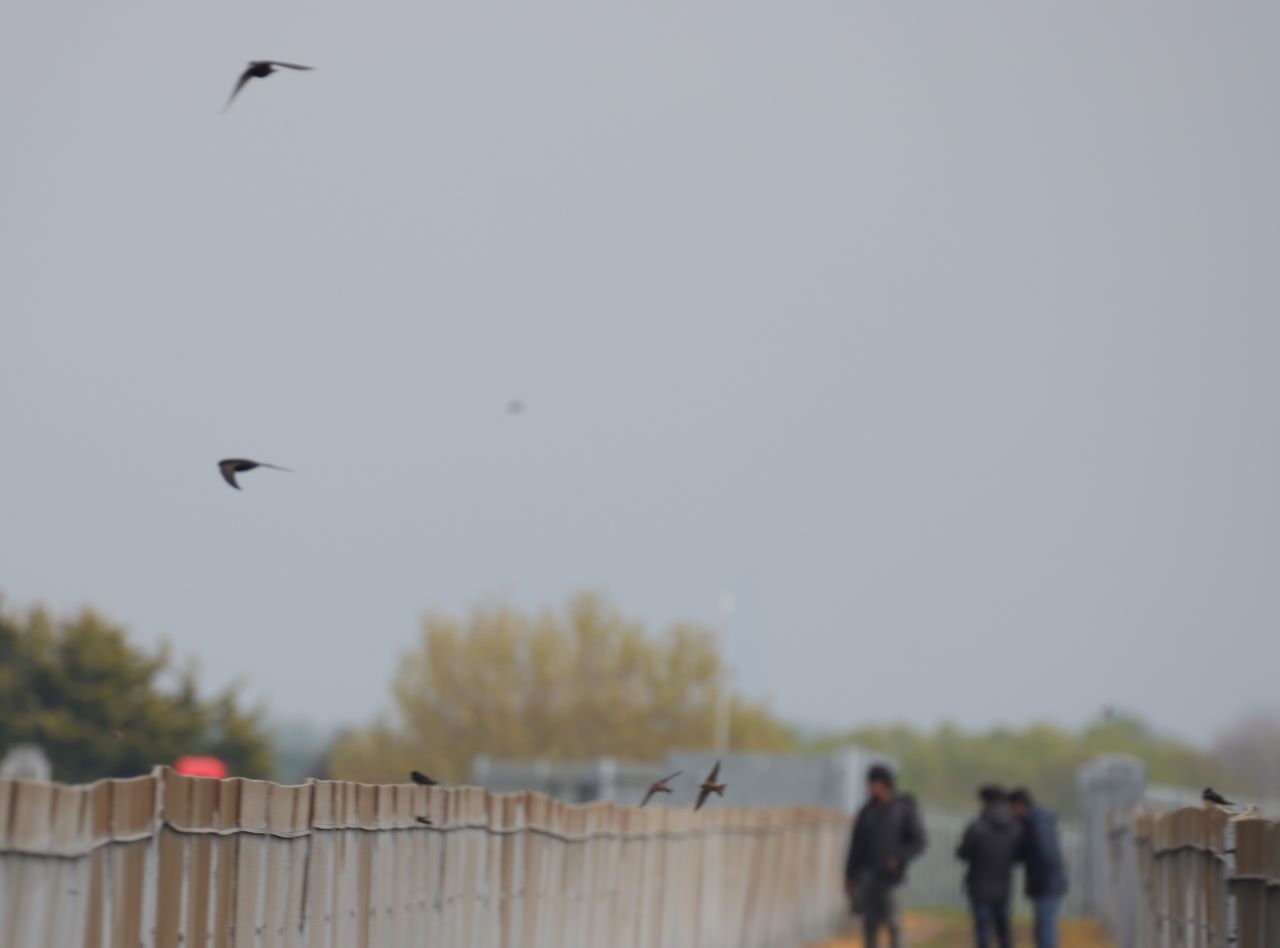
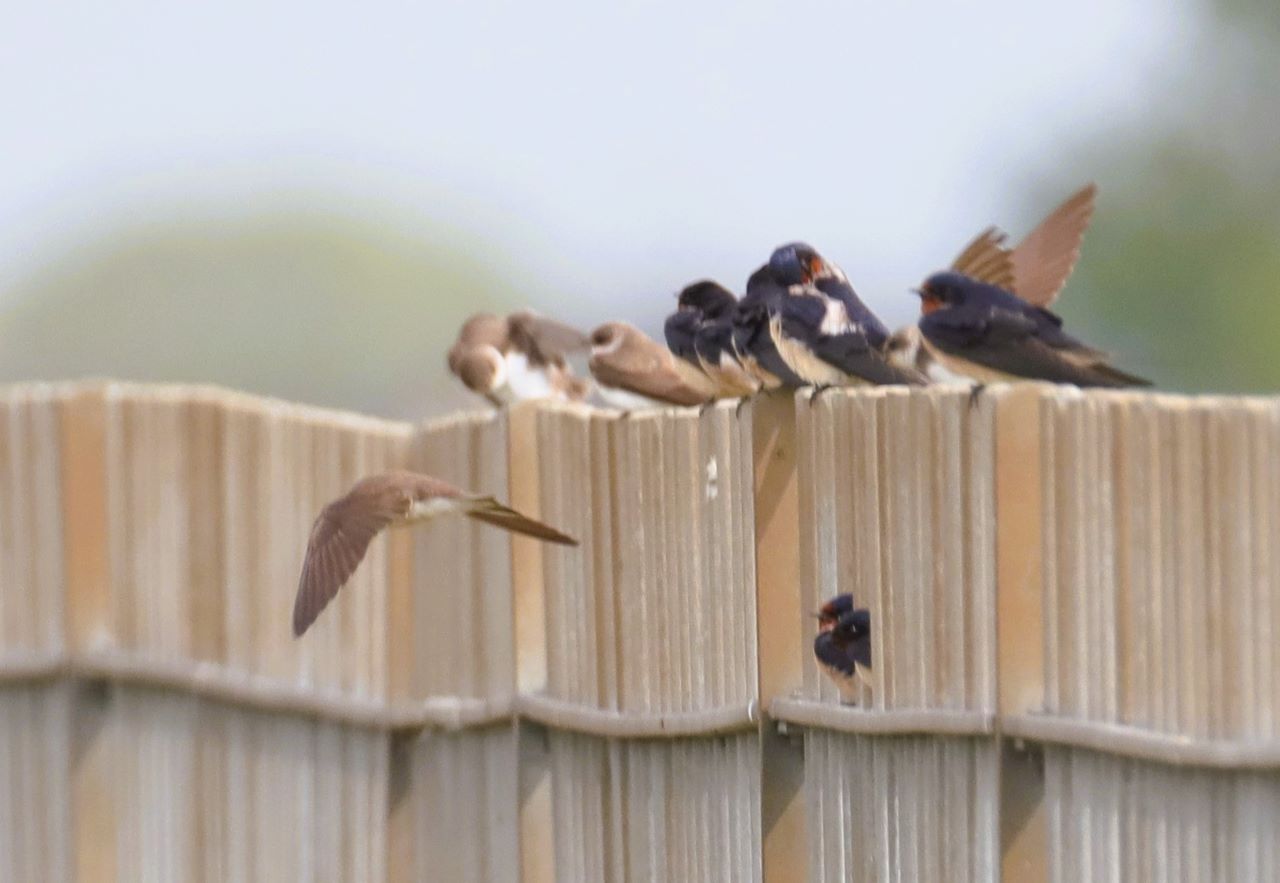
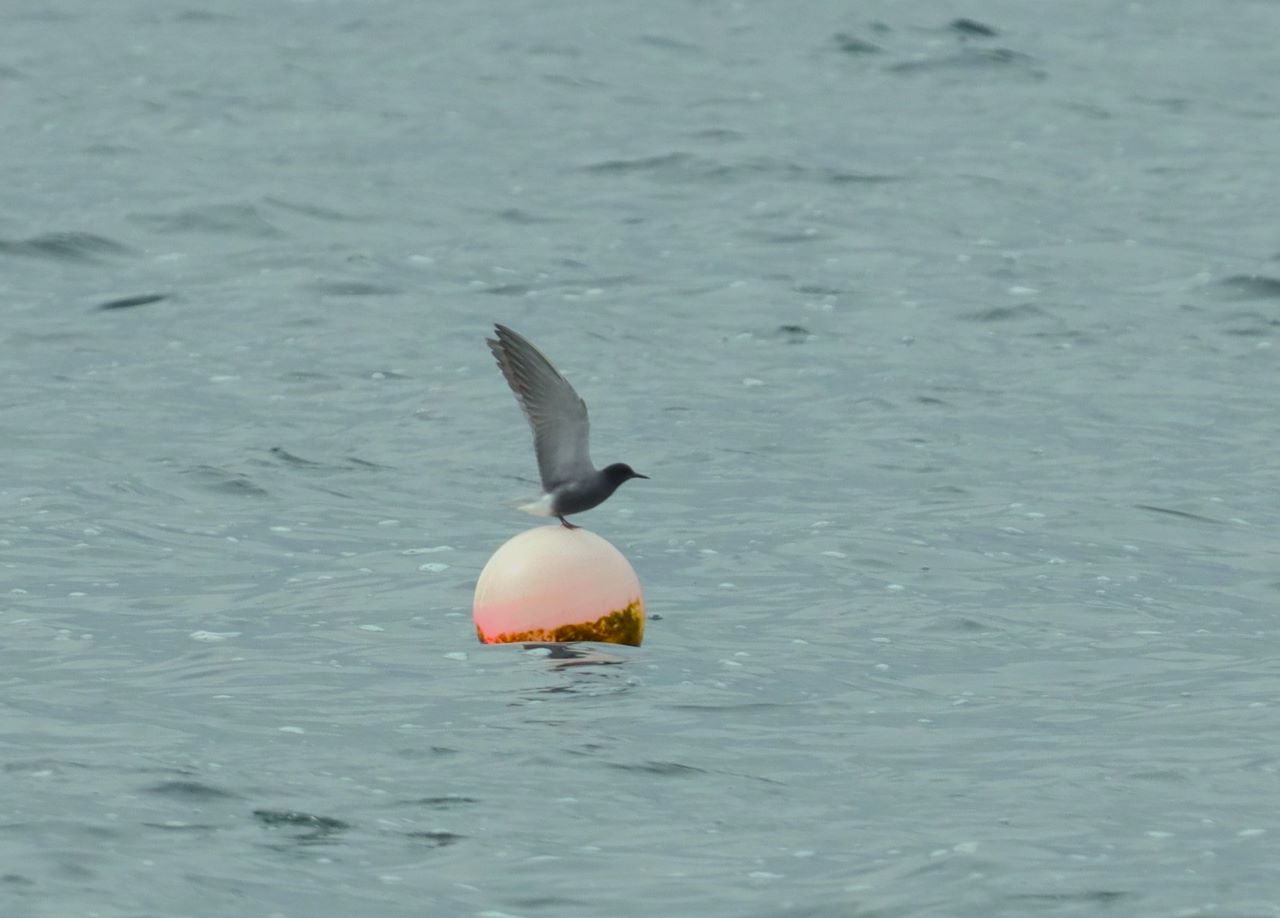
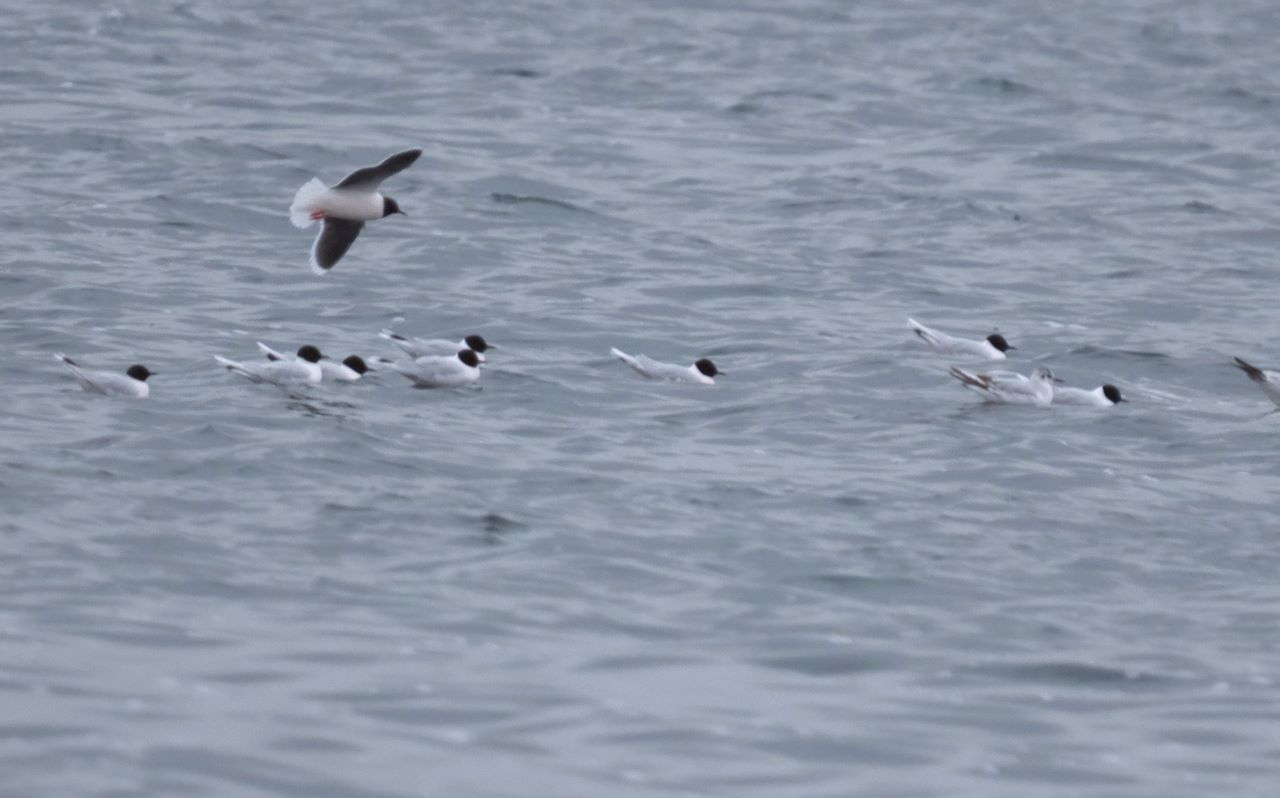


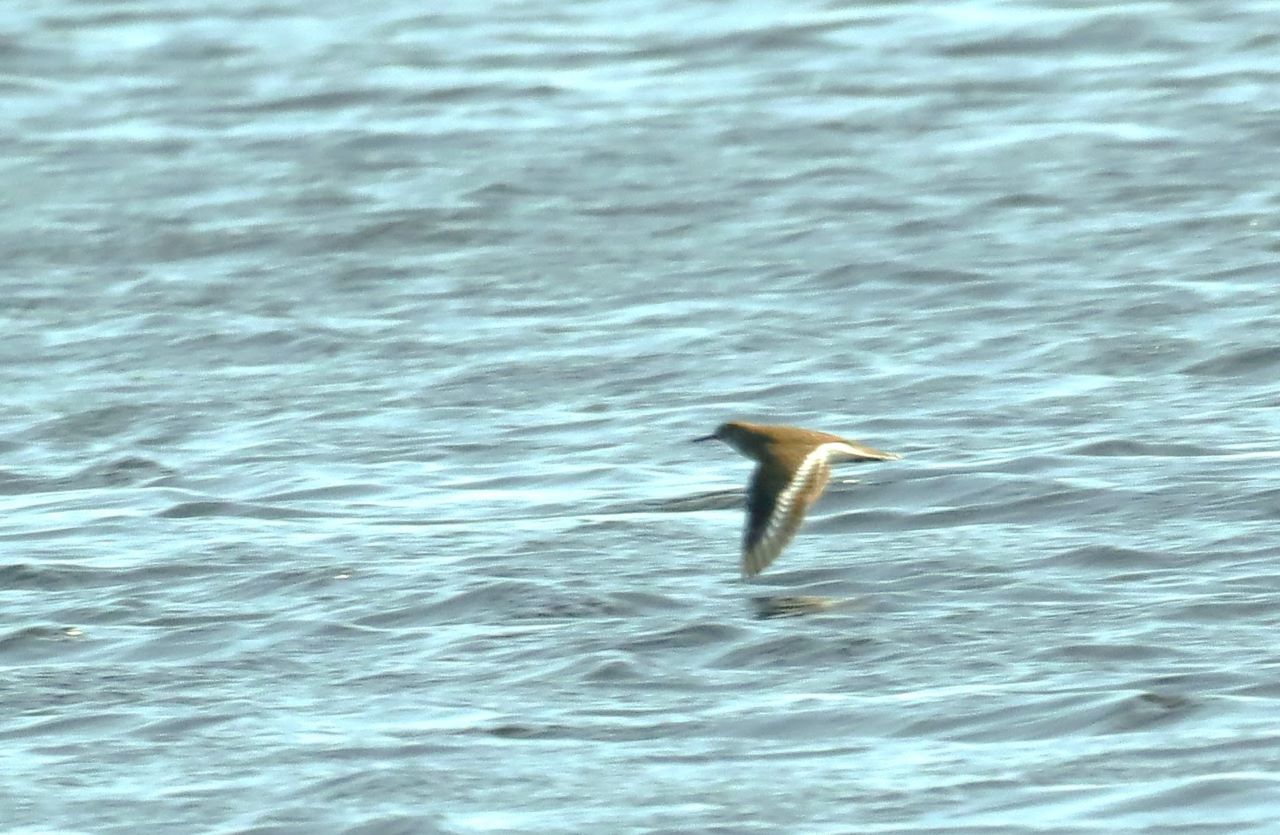
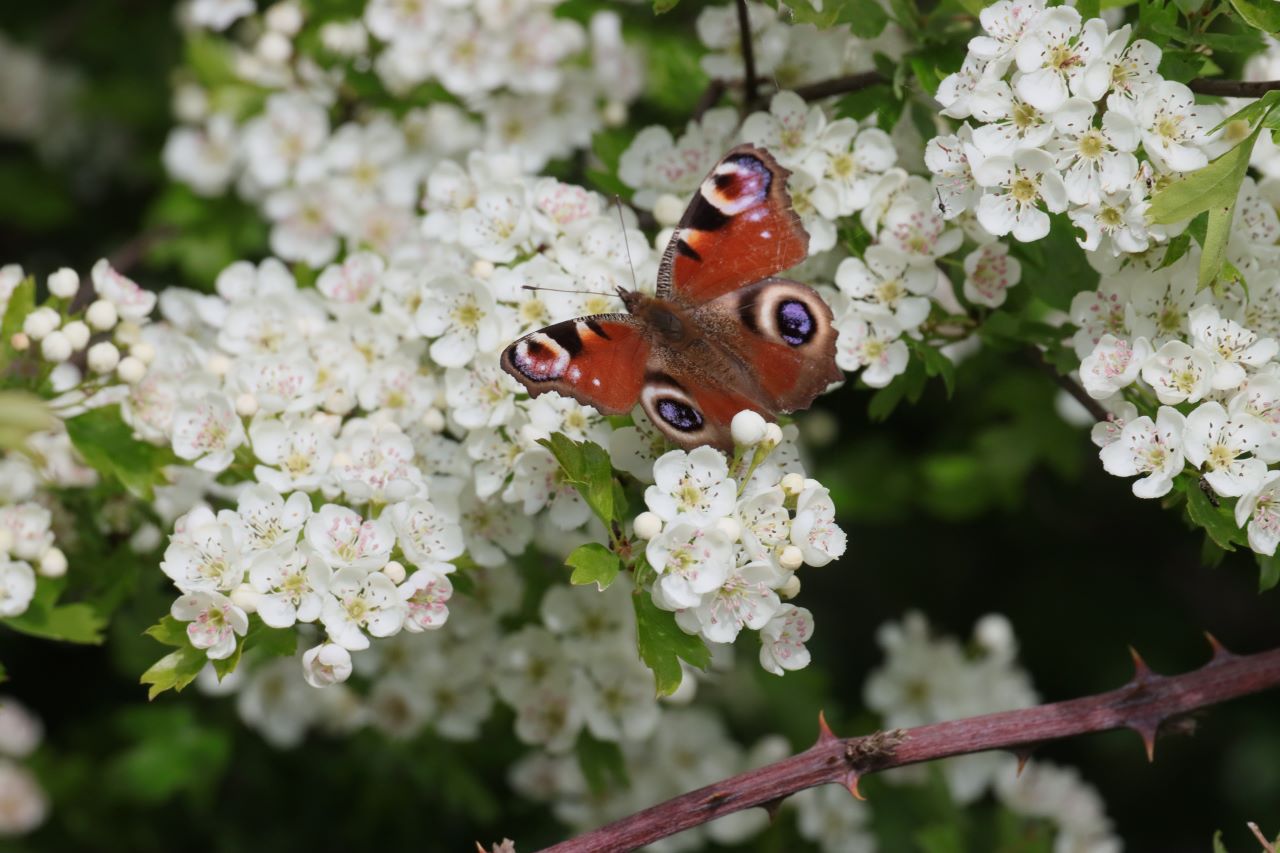
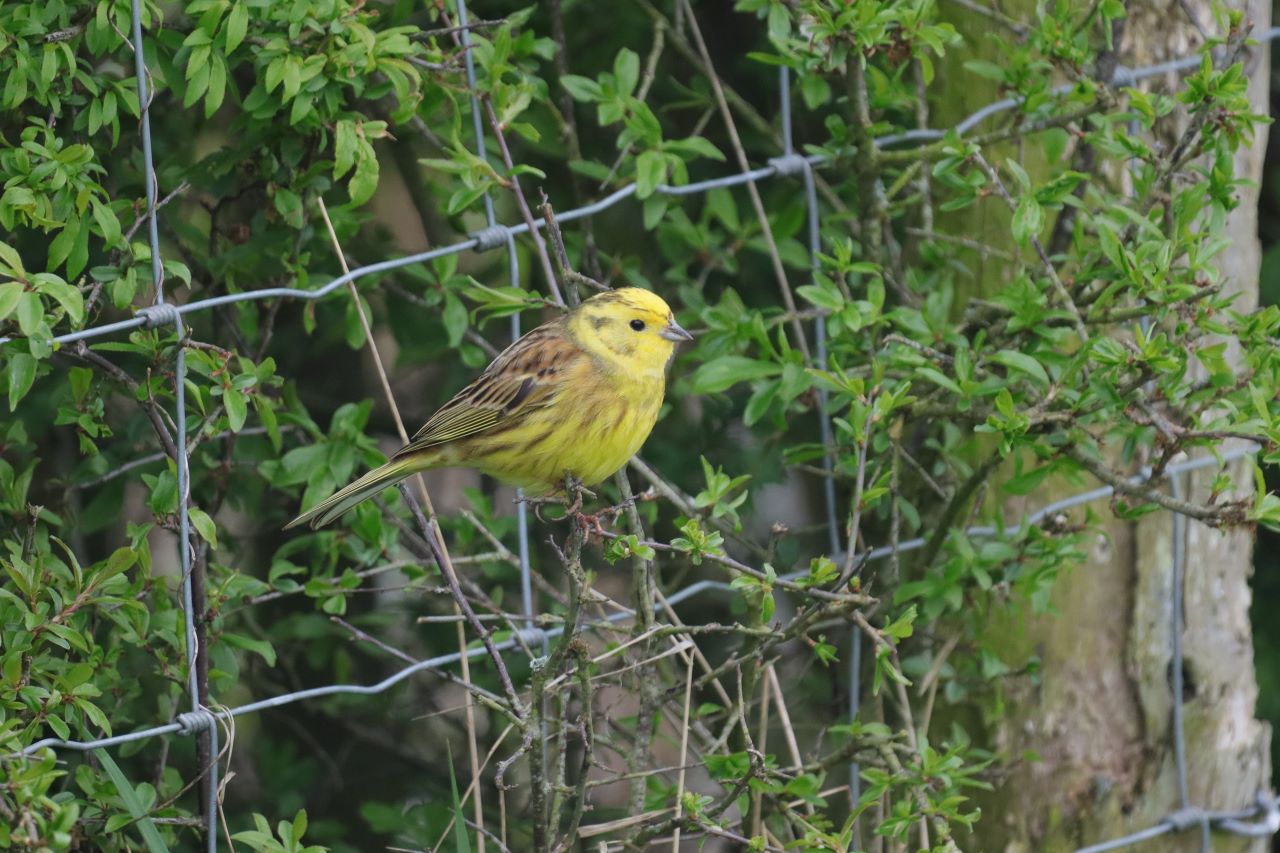
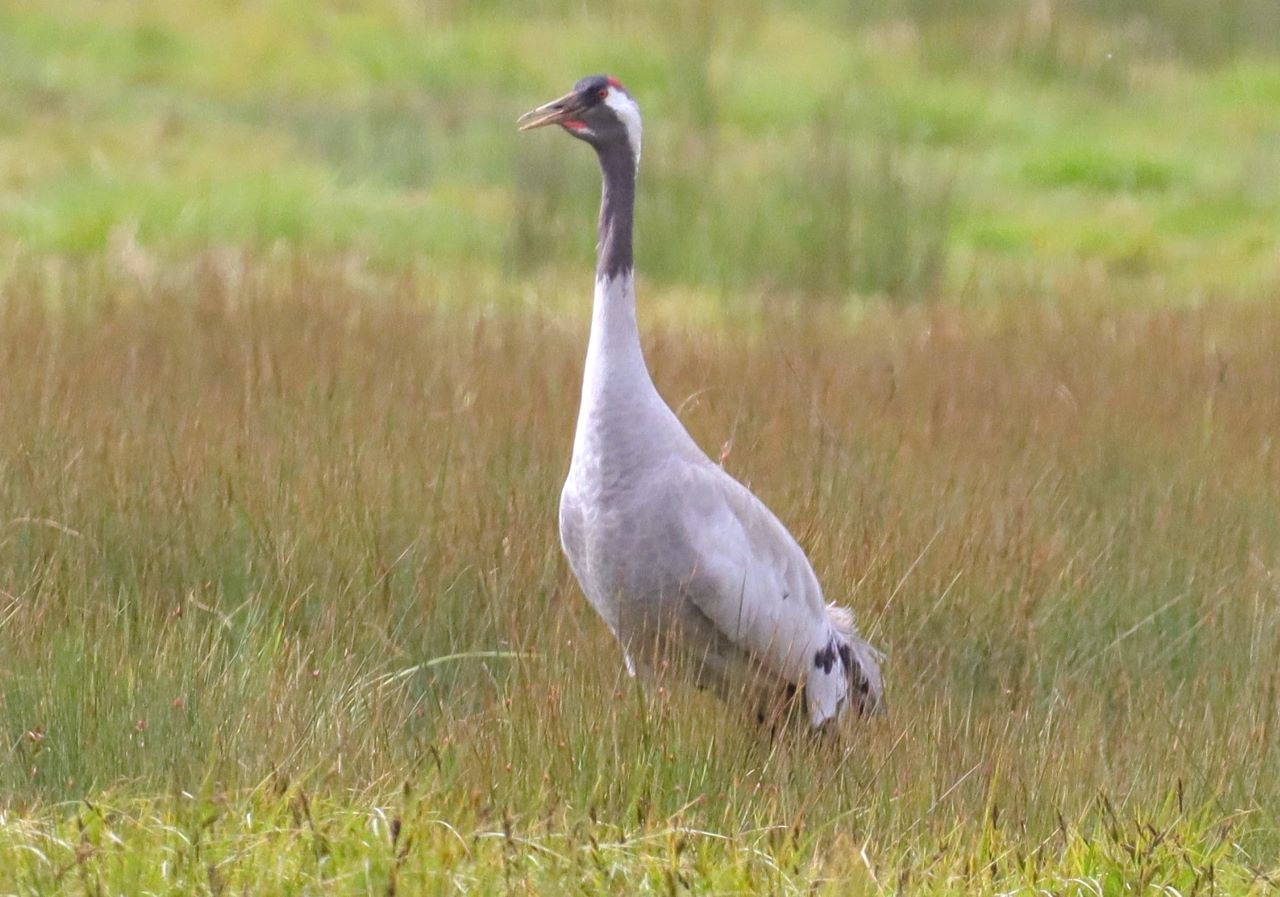
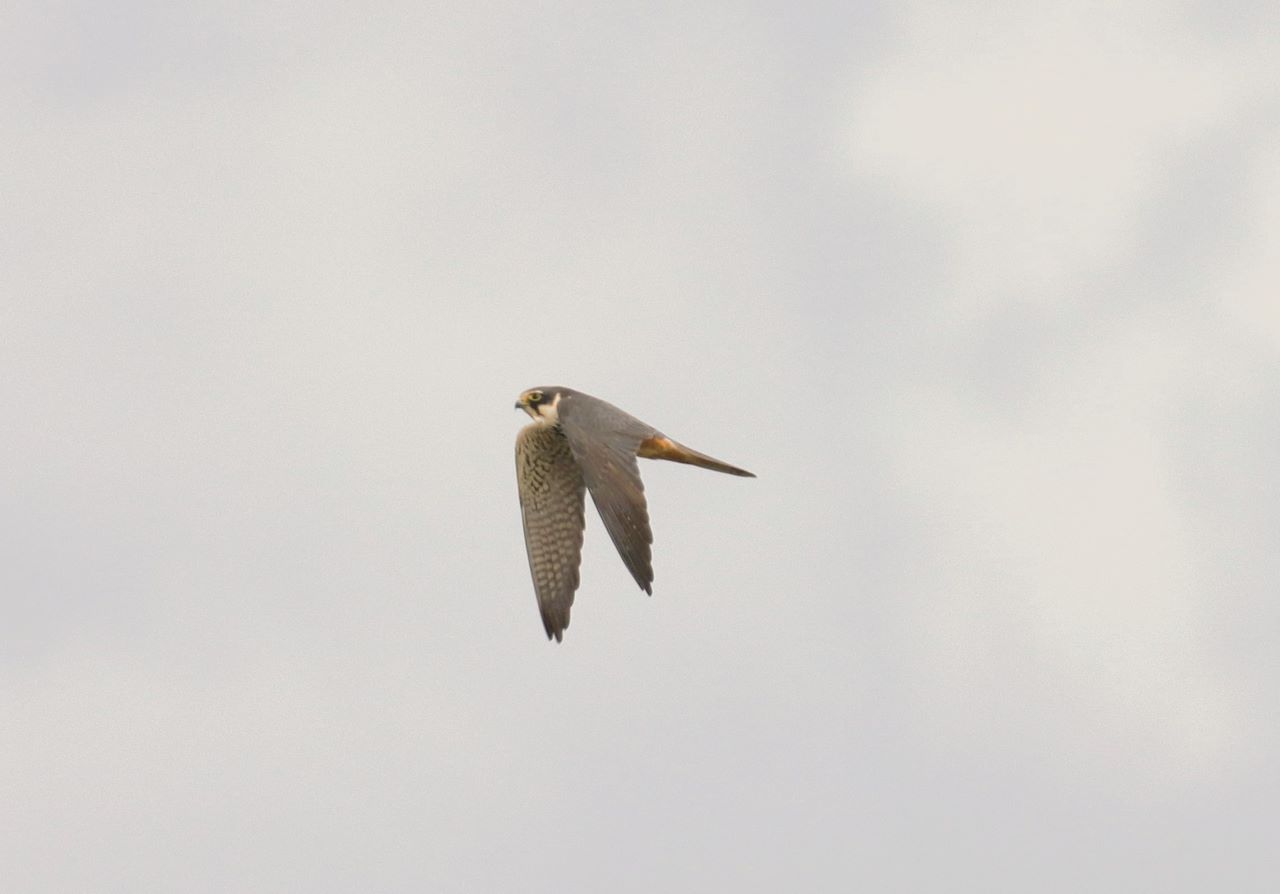
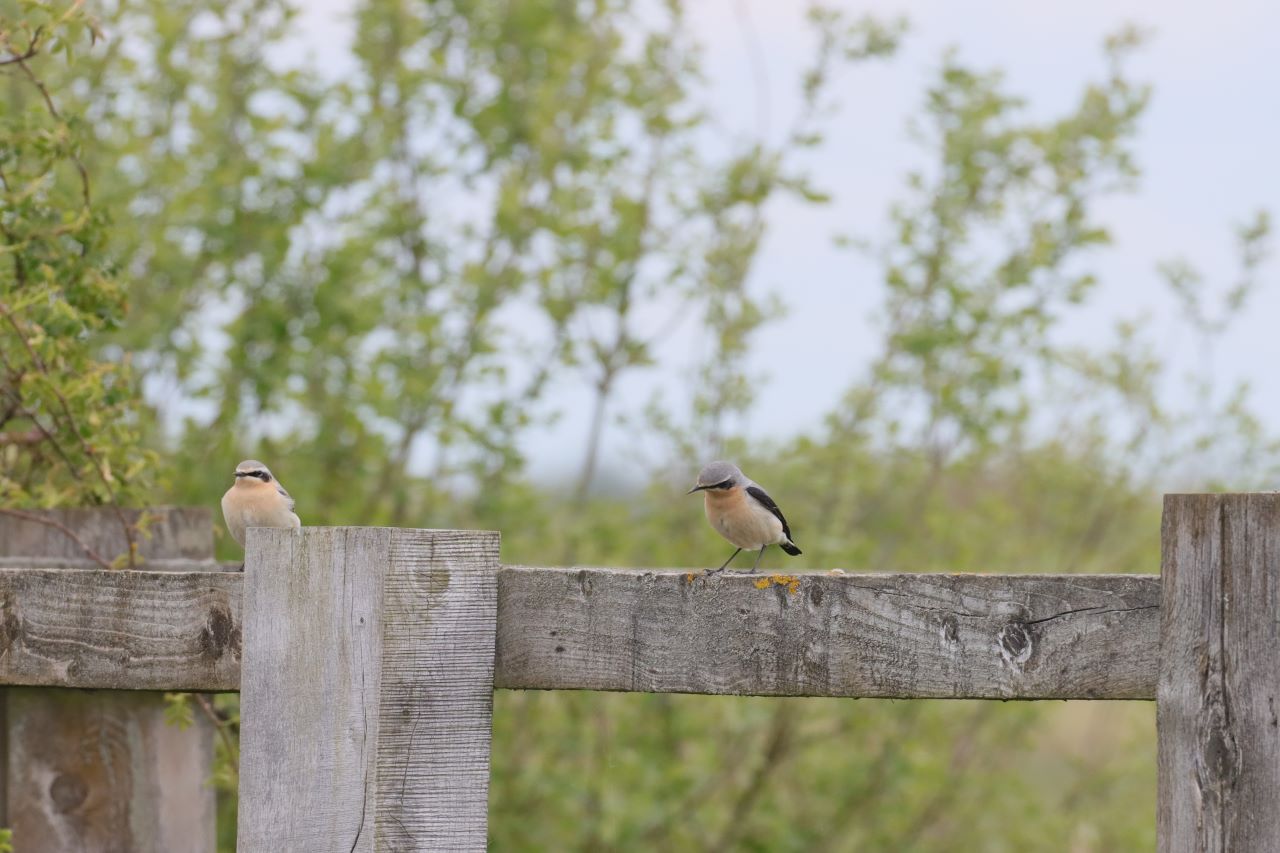
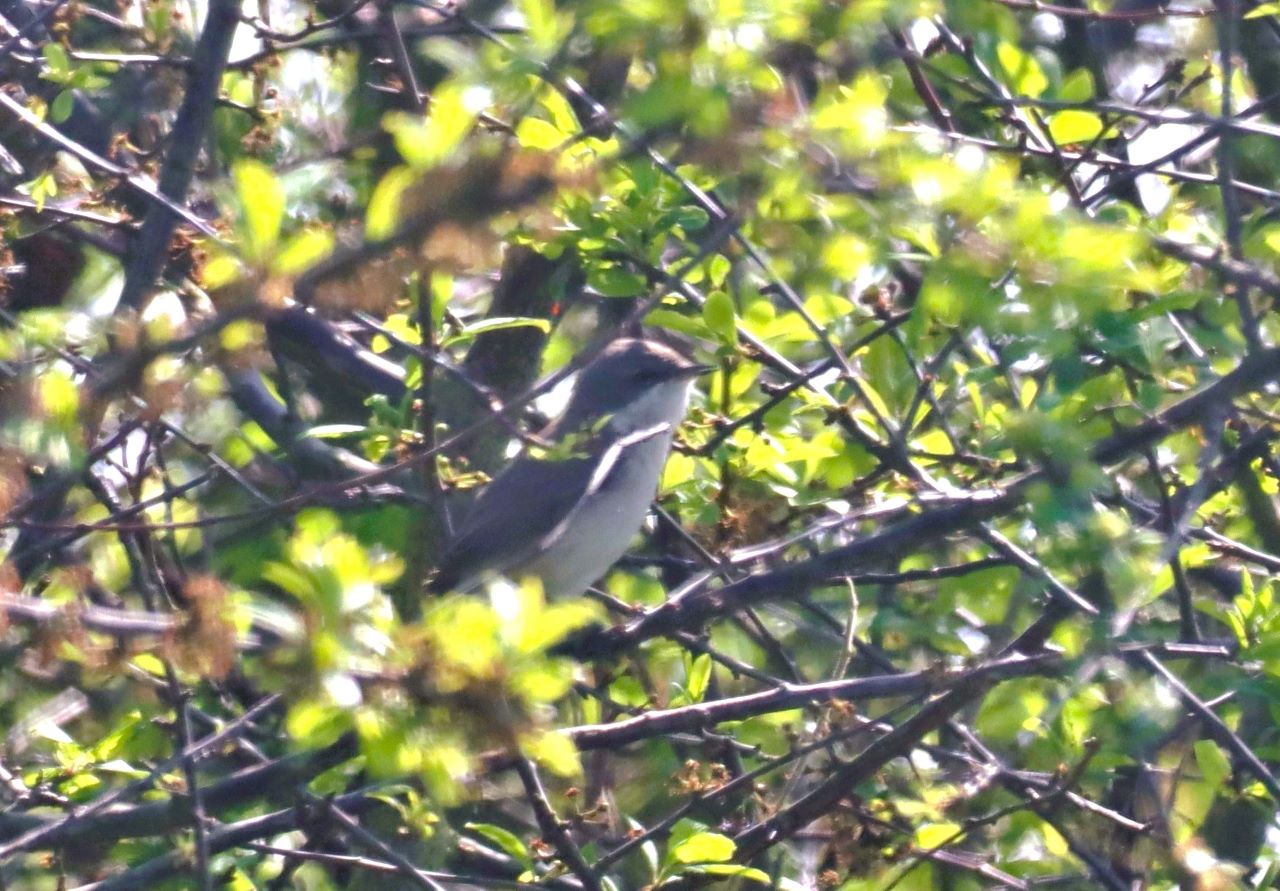
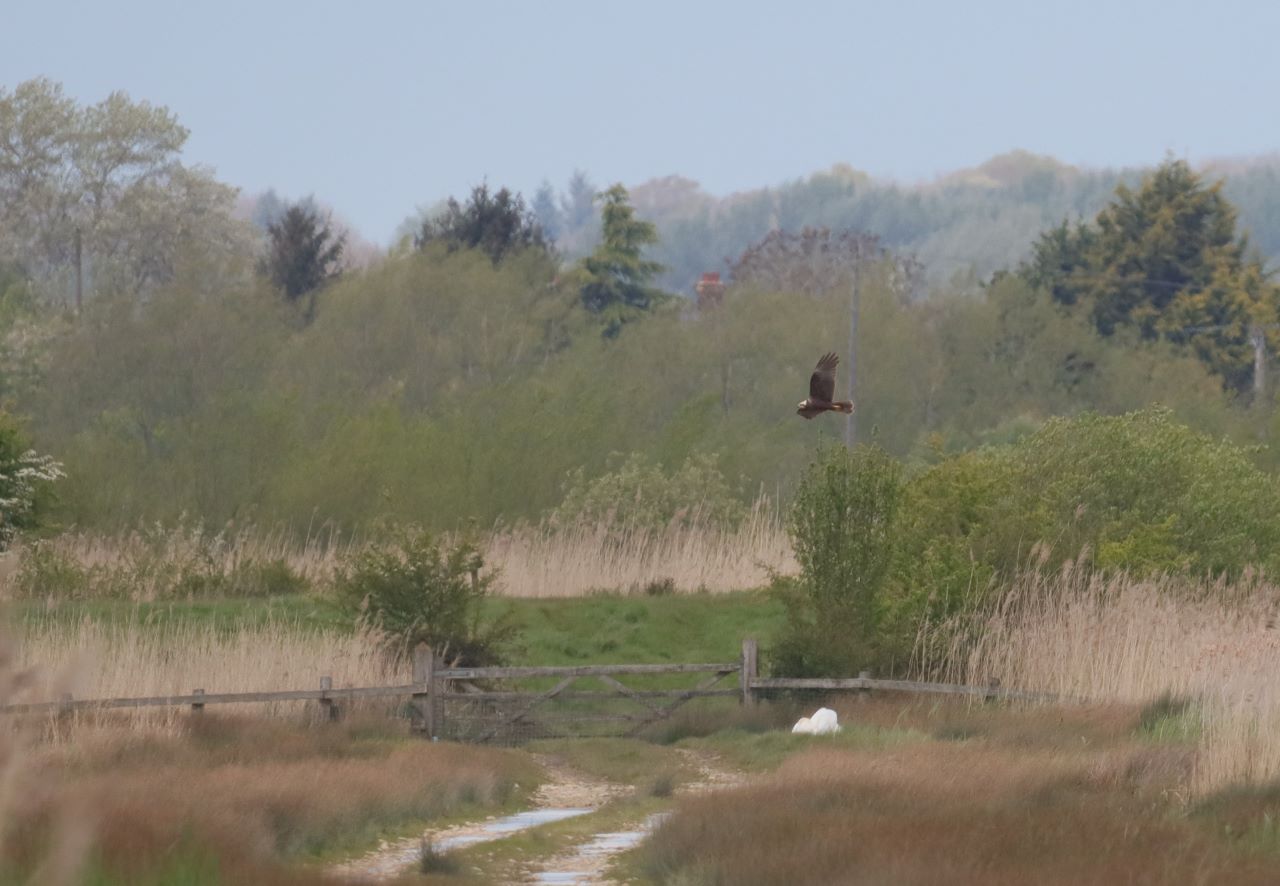

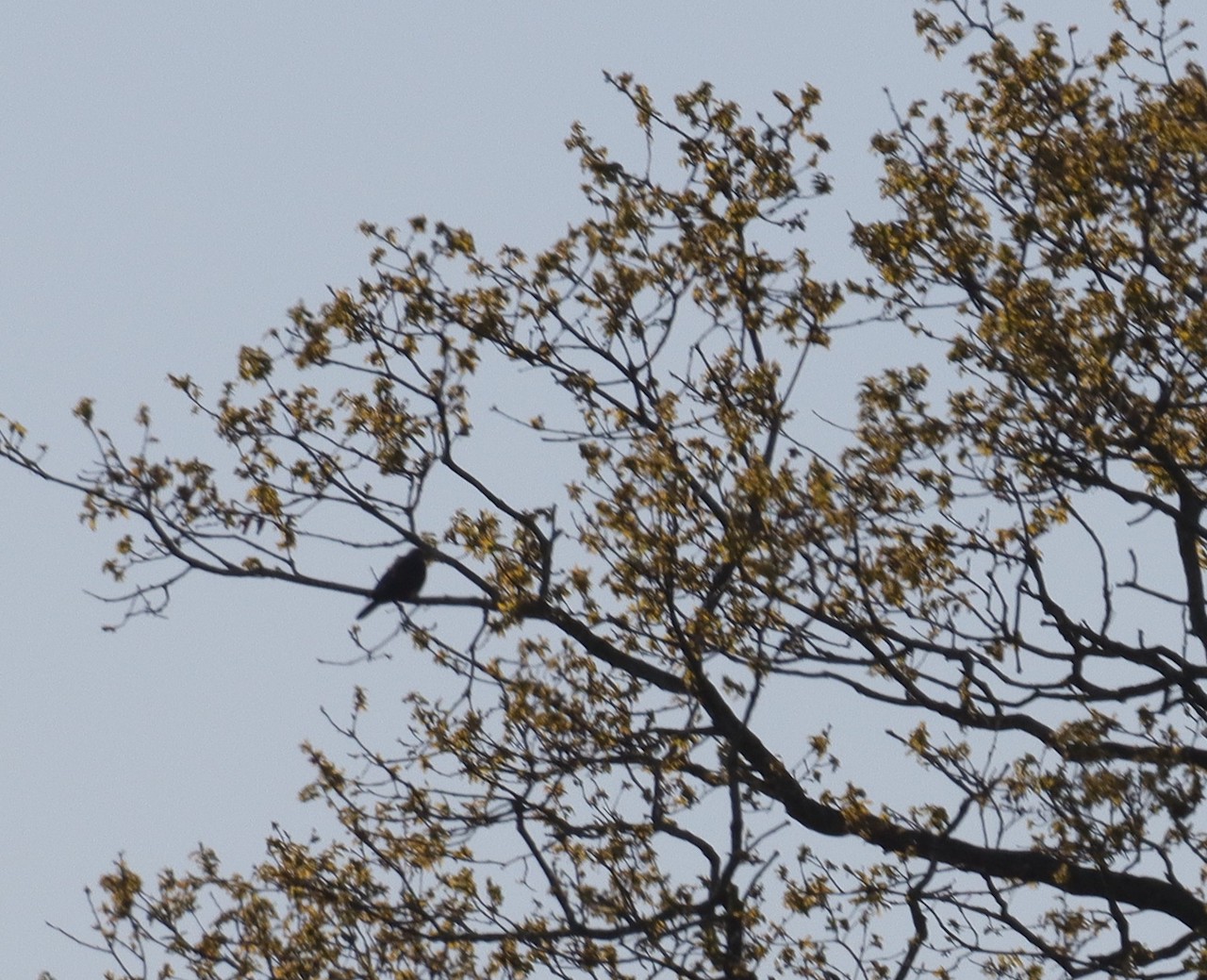



Recent Comments